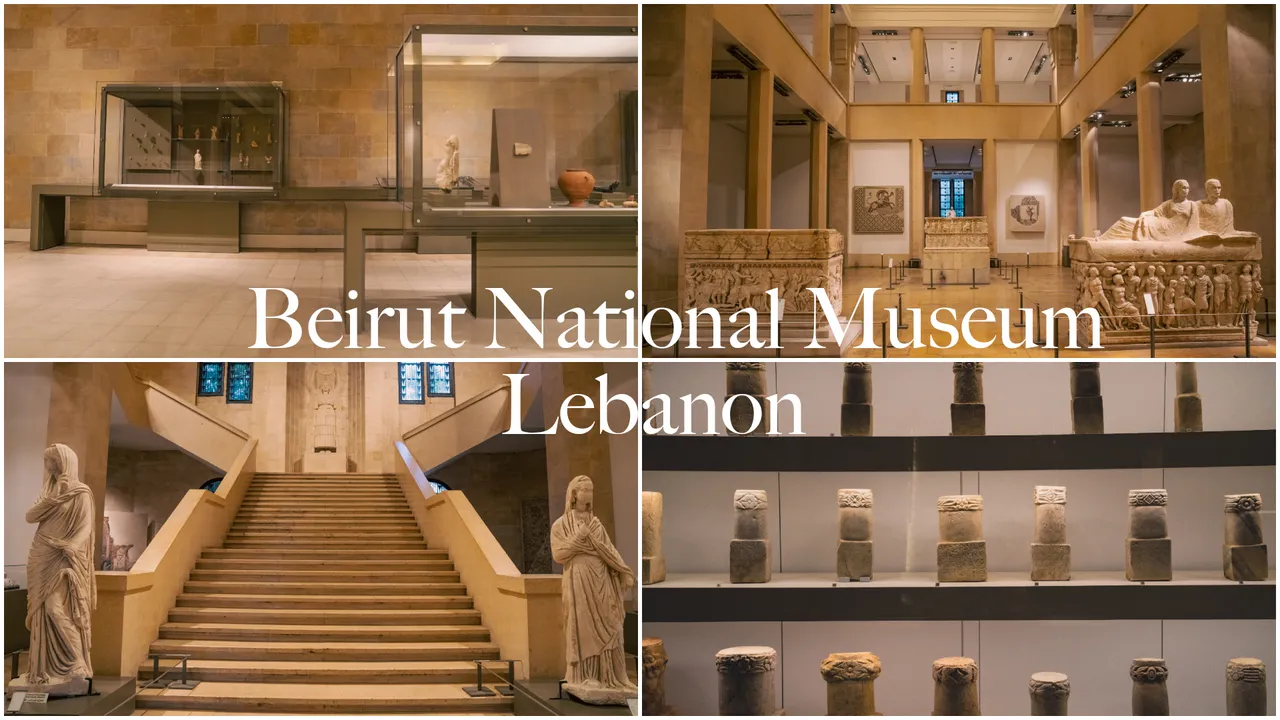
Good Day Travelers!
My third and final post about Lebanon is about a visit in the National Museum of Beirut. This is a place where you can learn a lot about the history and archaeology of they country. The Museum was build between 1930-1937 under the French mandate.
I'm not sure about other travelers but I personally love to visit at least 1 Museum of every country I visit. From my experience Museums somehow have always a special atmosphere (If there are no school classes, ha) and they just give peaceful and relaxing vibes. Not to mention the incredible things you discover and learn from the history. It's almost like a time travel sometimes :))
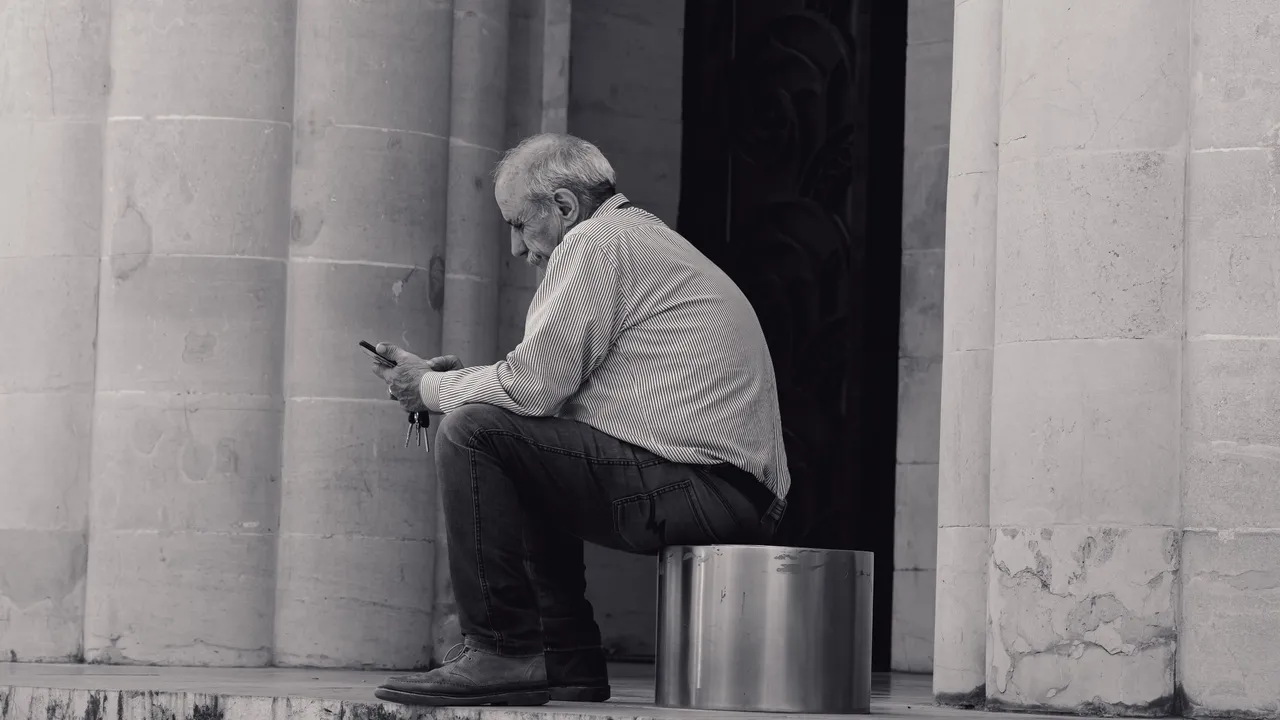
Location & Price
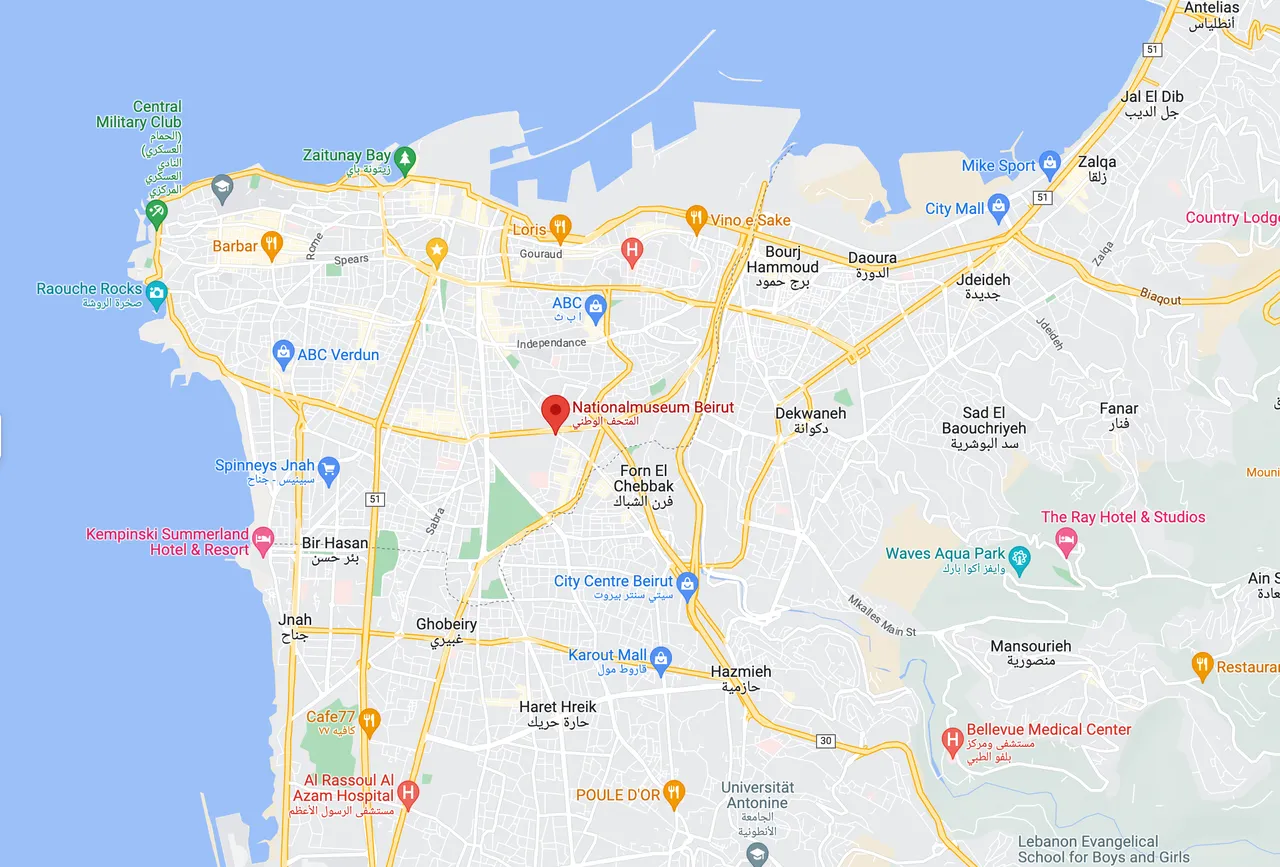
The location is pretty much in the center of the City. It's easily reachable for 3-5$ by Uber from every district of Beirut. The traffic around the Museum can be a bit chaotic but the building itself is behind a fence on a quiet square.
The ticket price was 400.000 Lebanese Pounds which were roughly 4$ around Mai 2023. Children and Students pay 200.000 Lebanese Pounds.
One additional thing you can do is downloading a QR code scanner to get Visual and Audio information from every displayed item in the Museum.
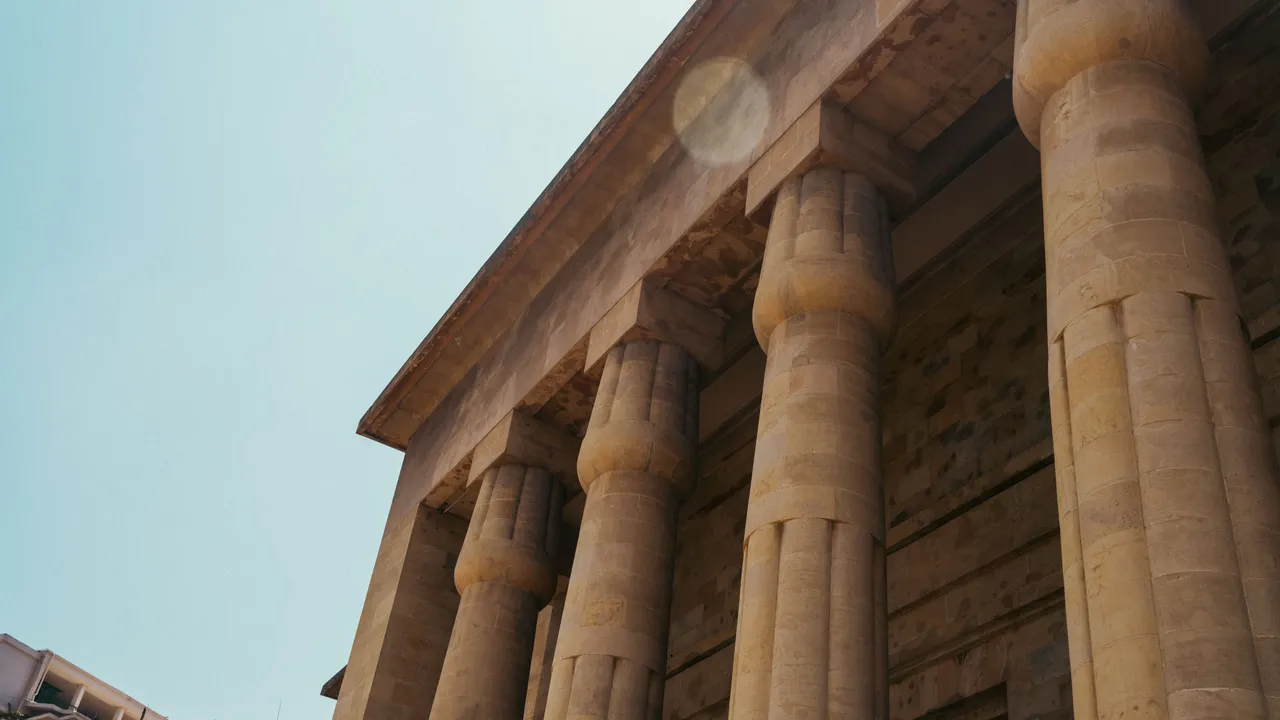
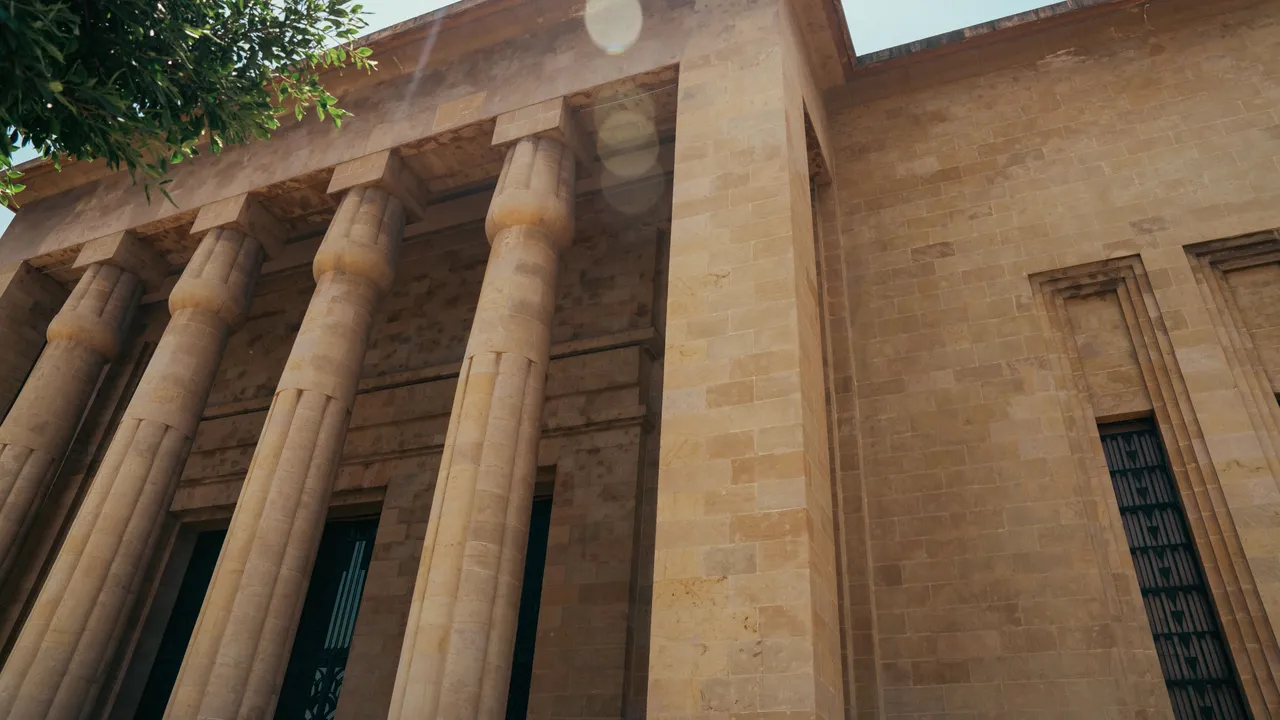
What to see in the Museum
The Museum exhibits over 1500 artifacts from different time periods such as the following:
- Bronze Age
- Iron Age
- Hellenistic Period
- Roman Period
- Byzantine Period
- Mamluk Period
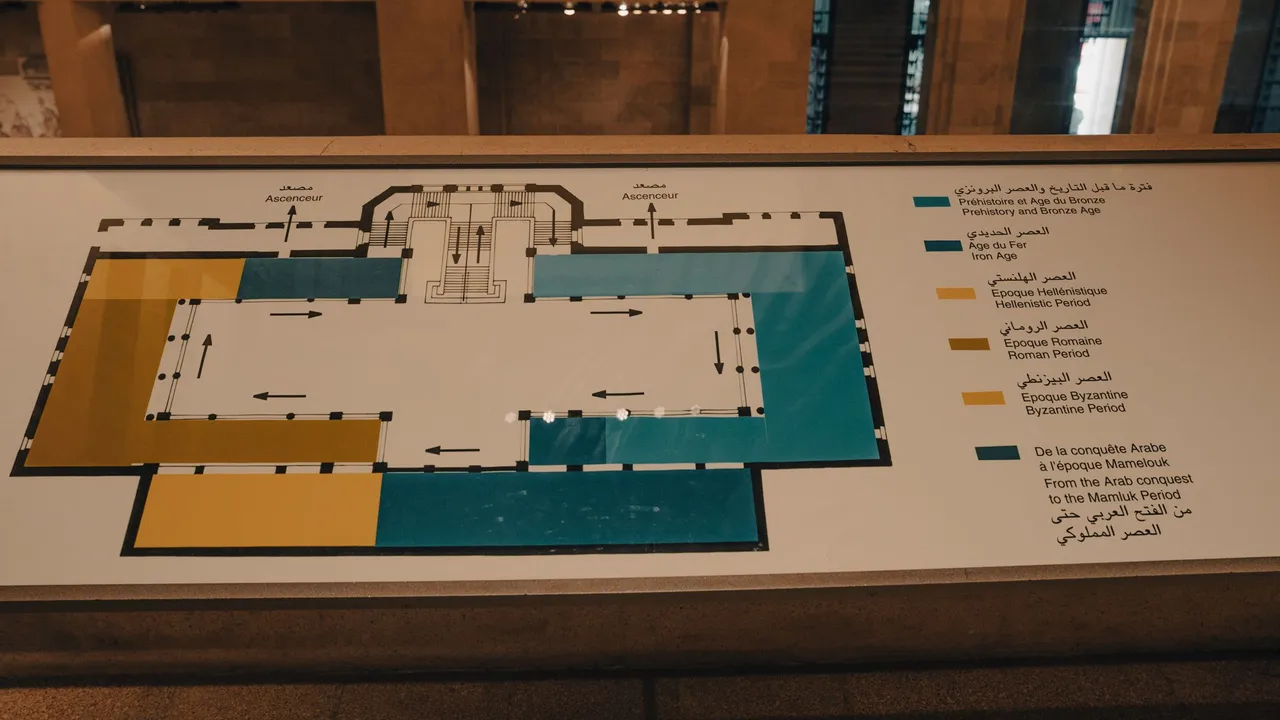
In total you have 3 floors to explore - Basement, Ground Floor, First Floor. I will go through each floor seperatly.
Ground Floor
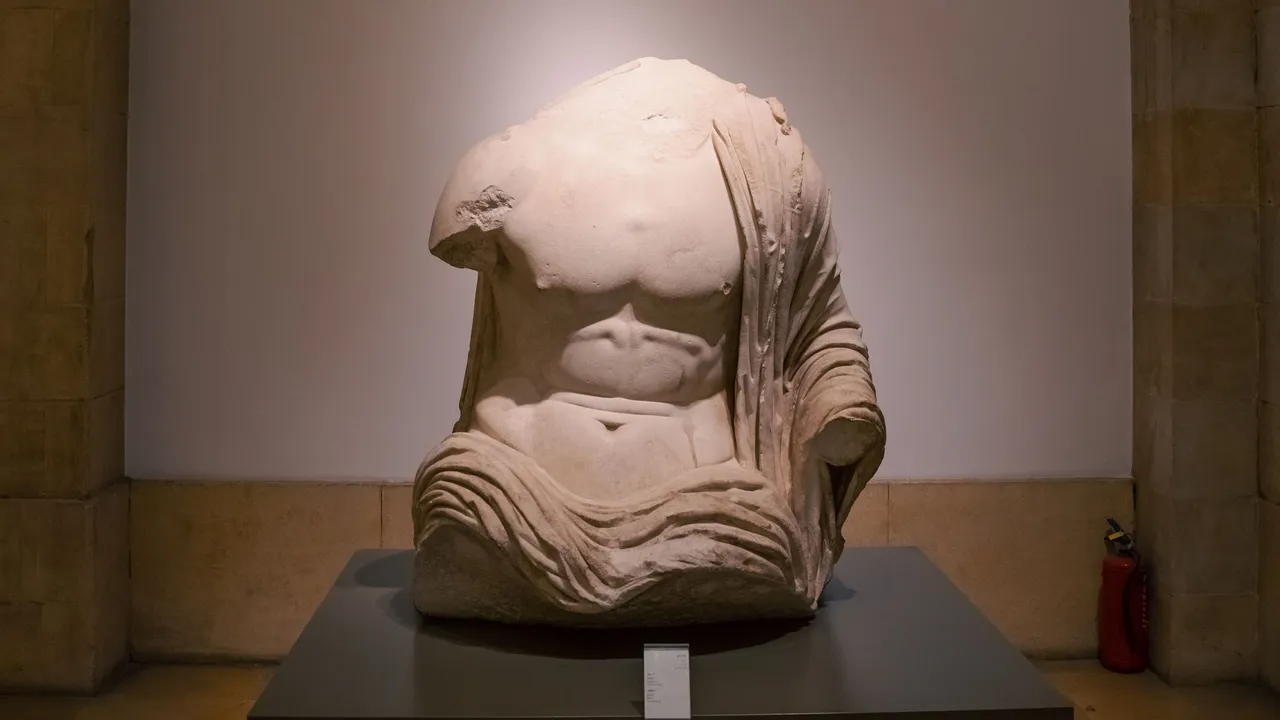
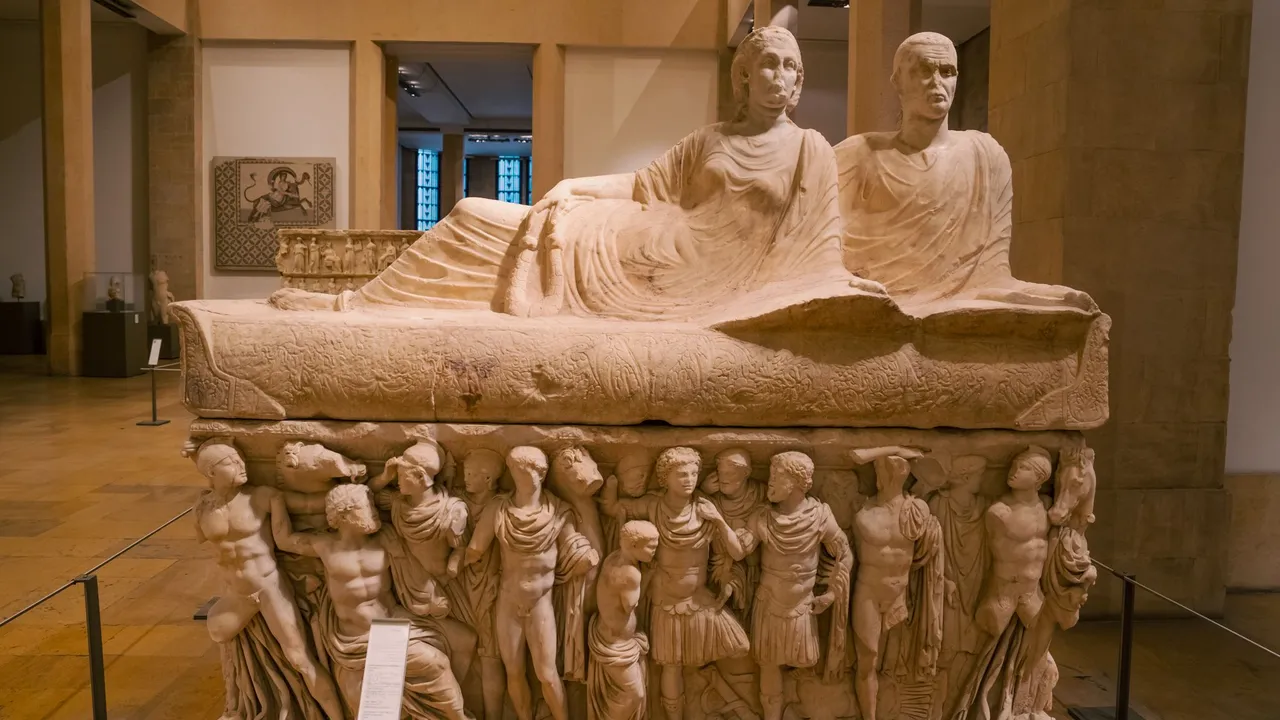
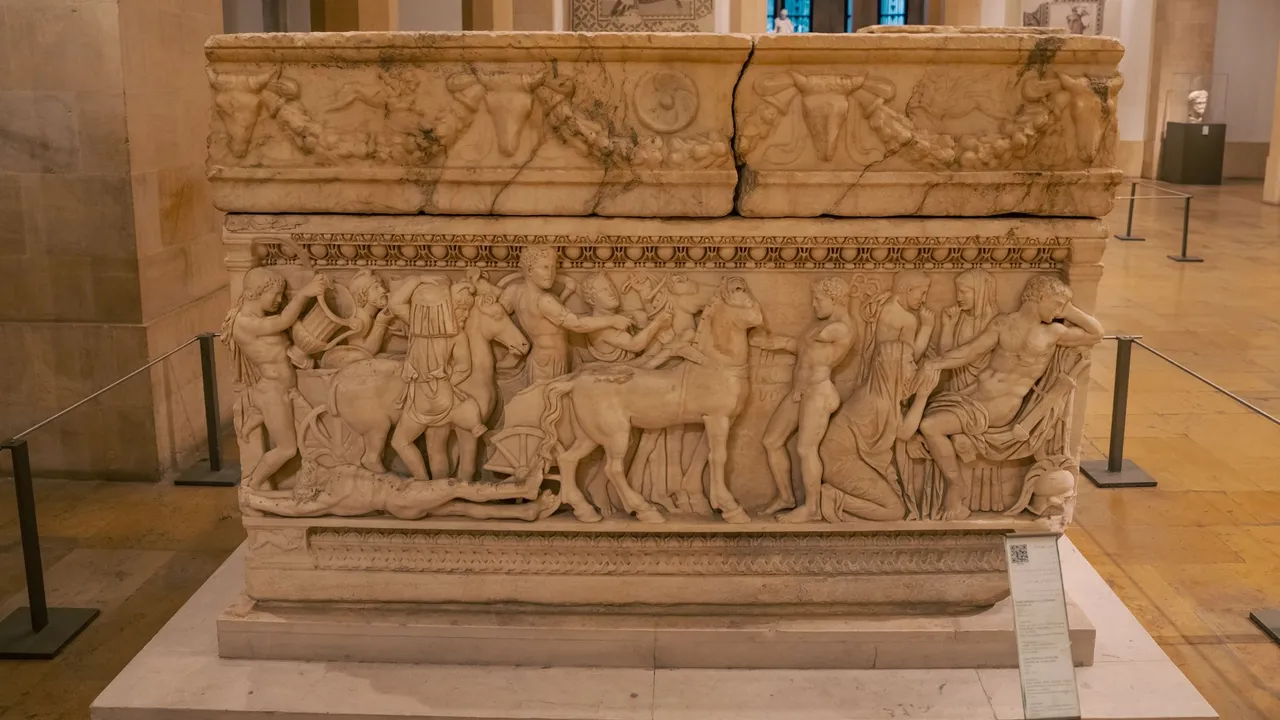
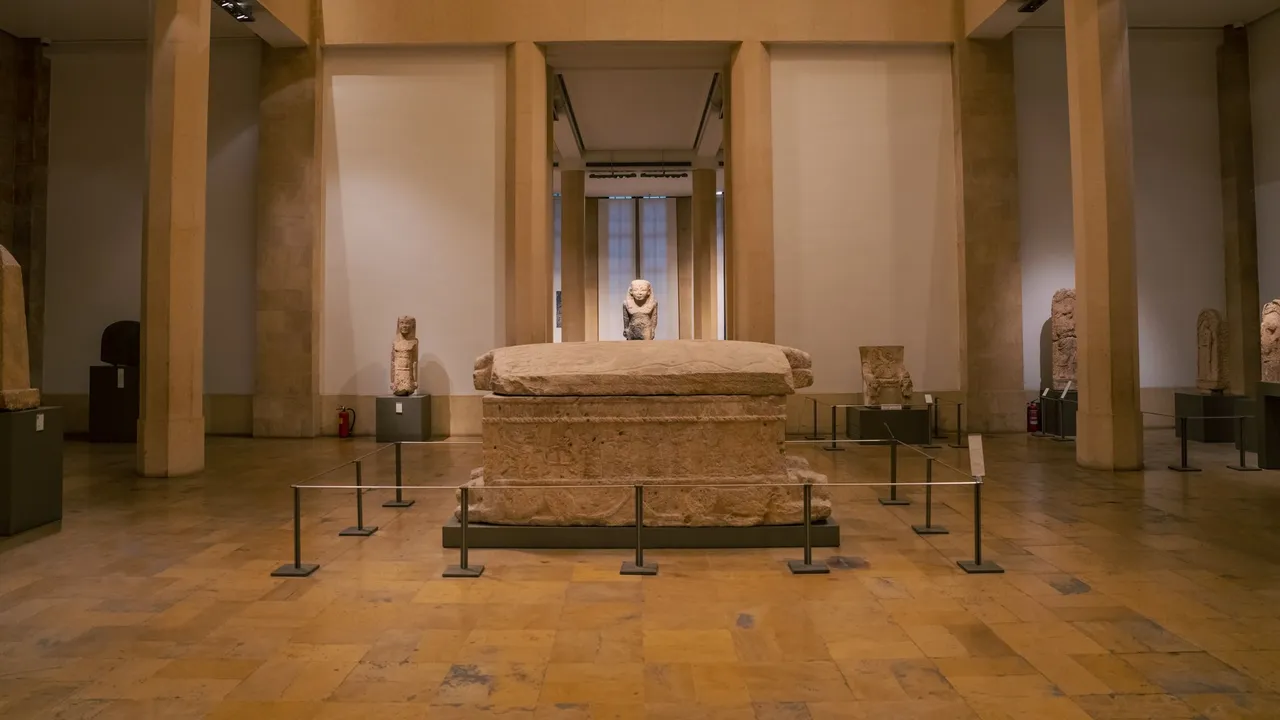
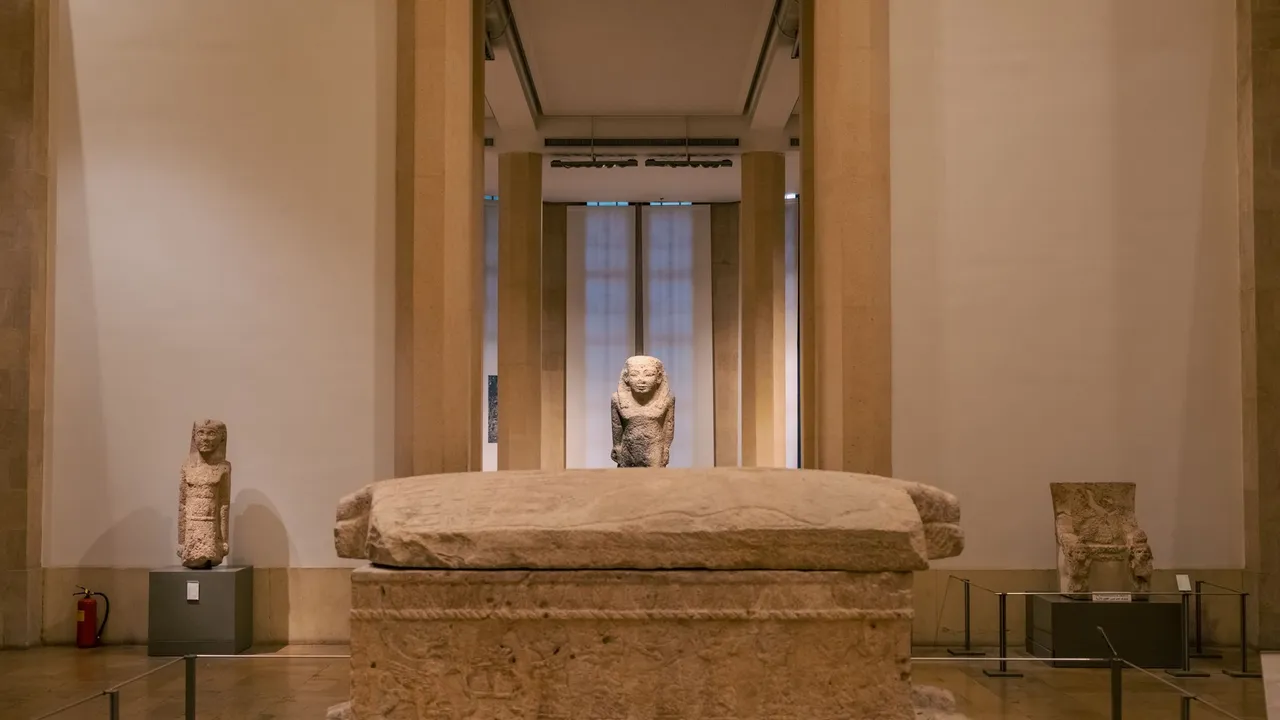
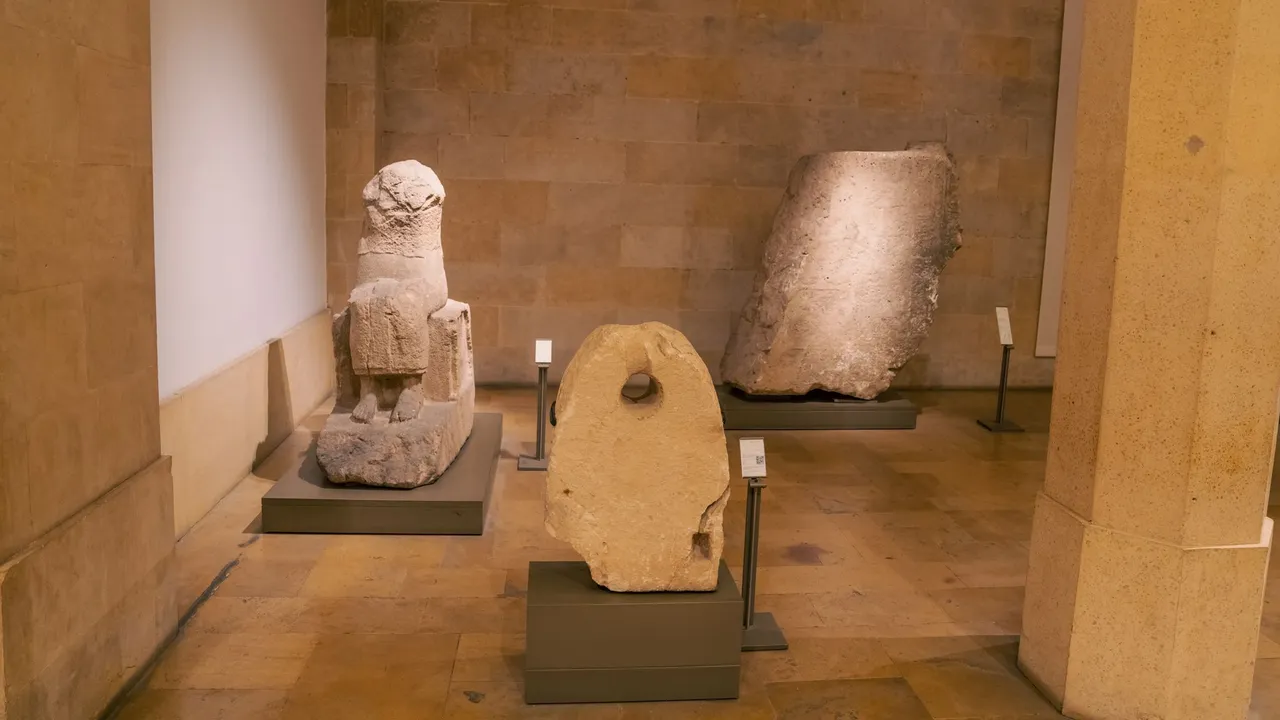
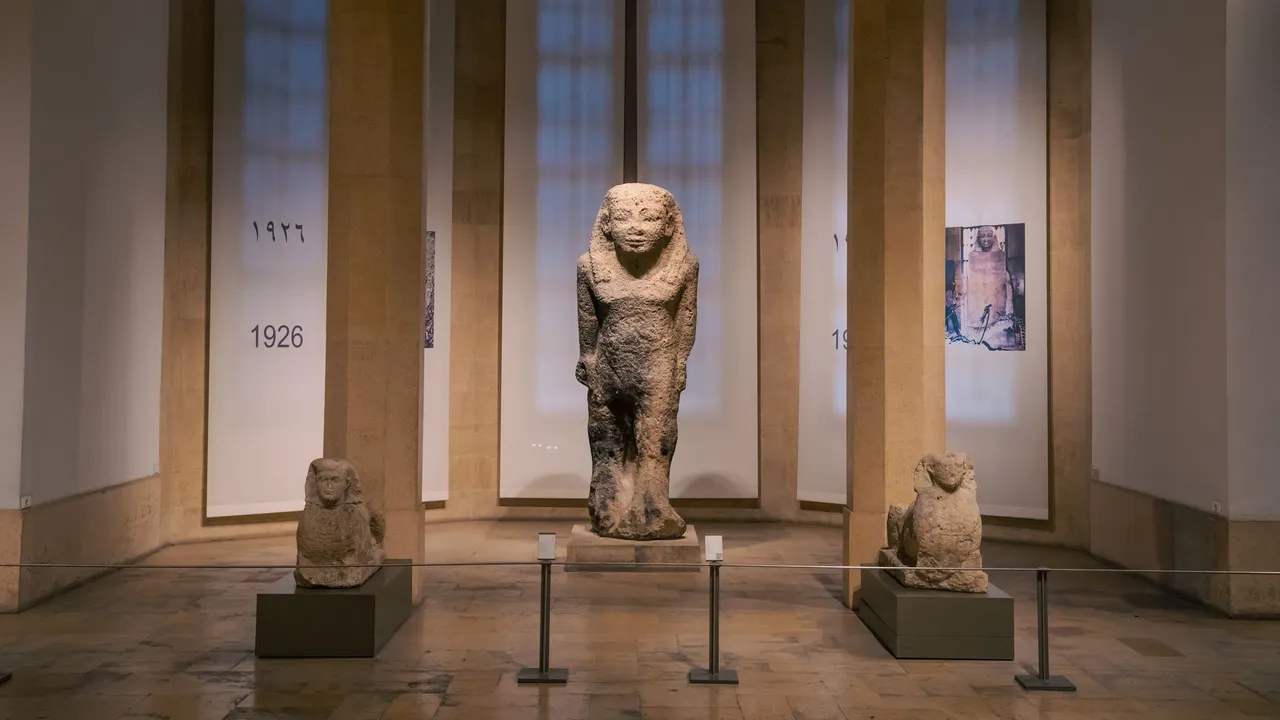
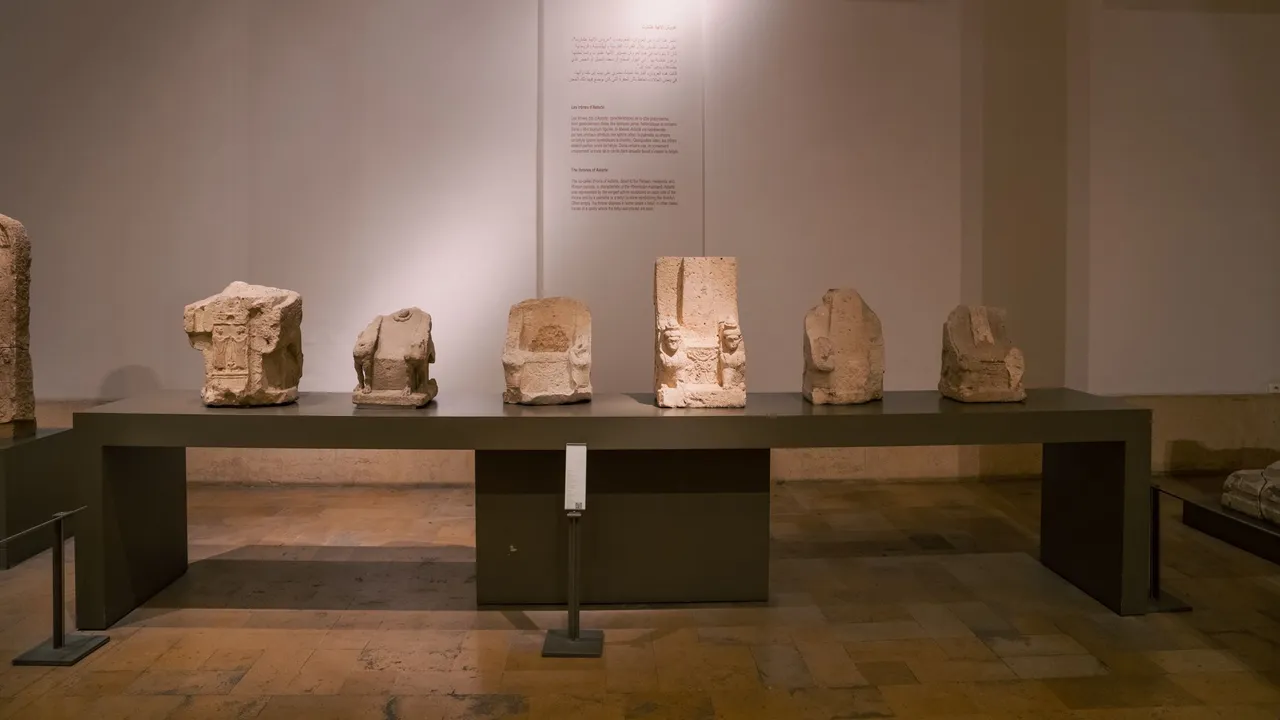
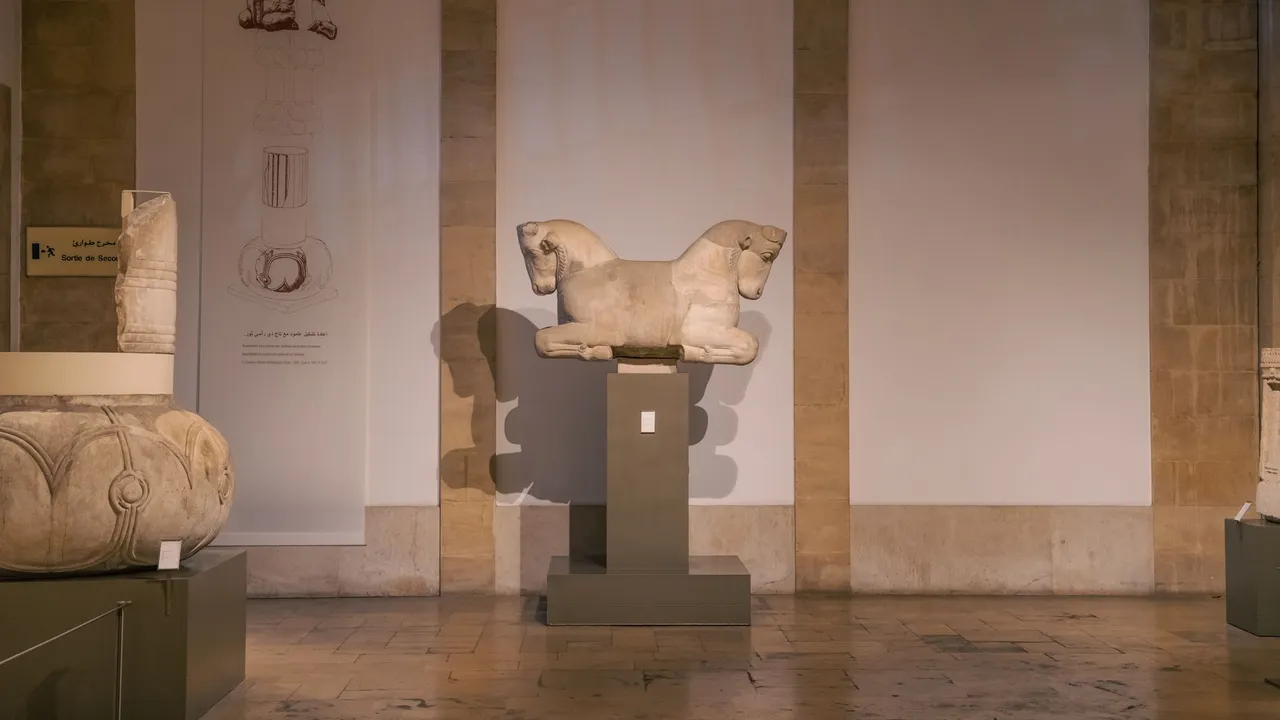
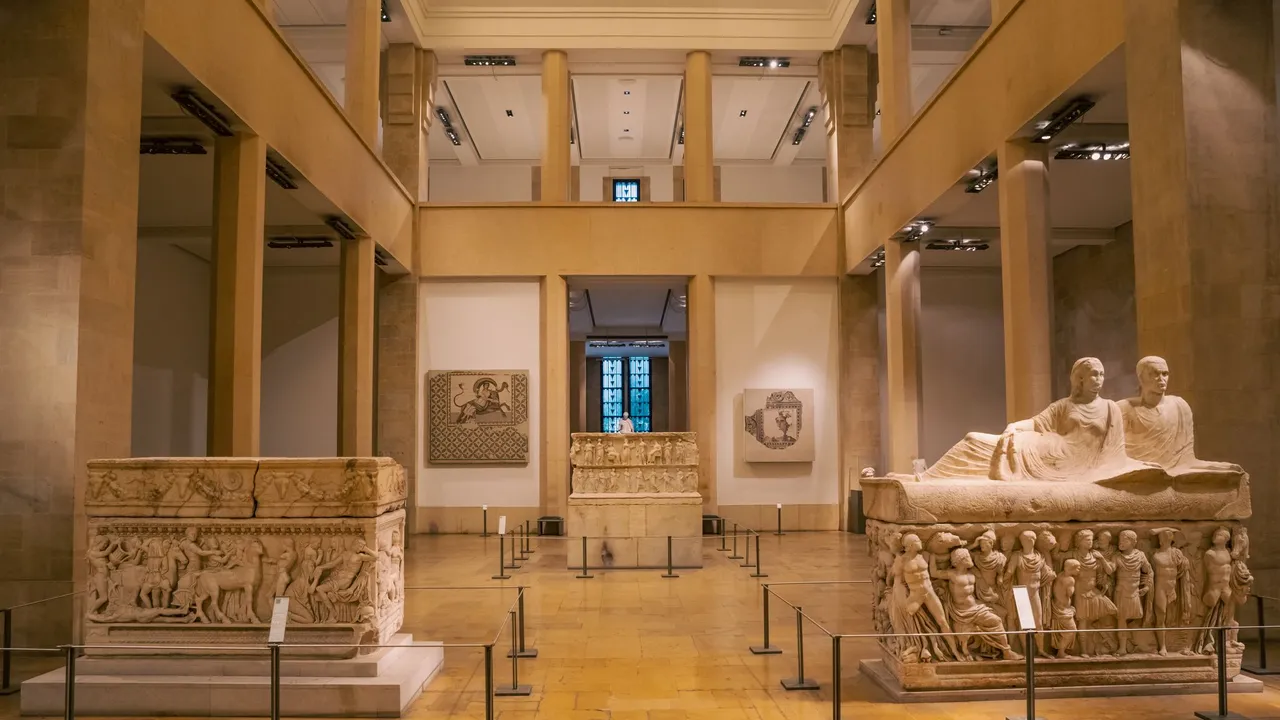
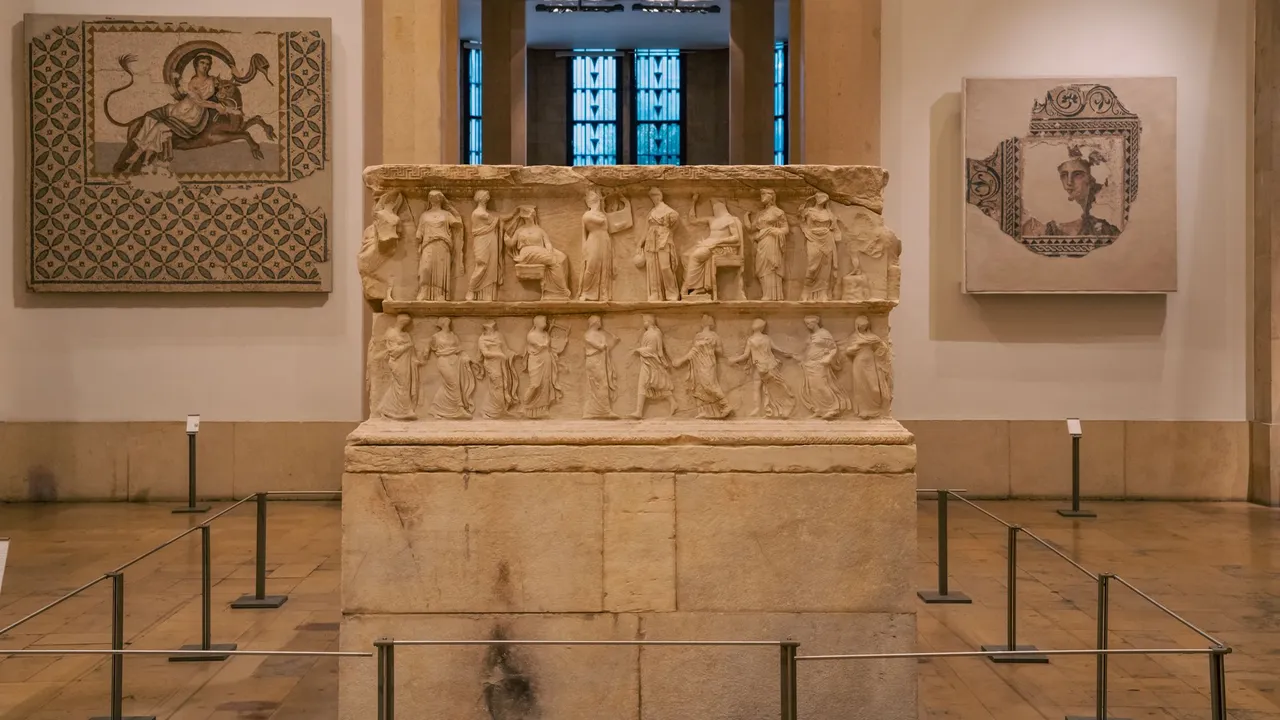
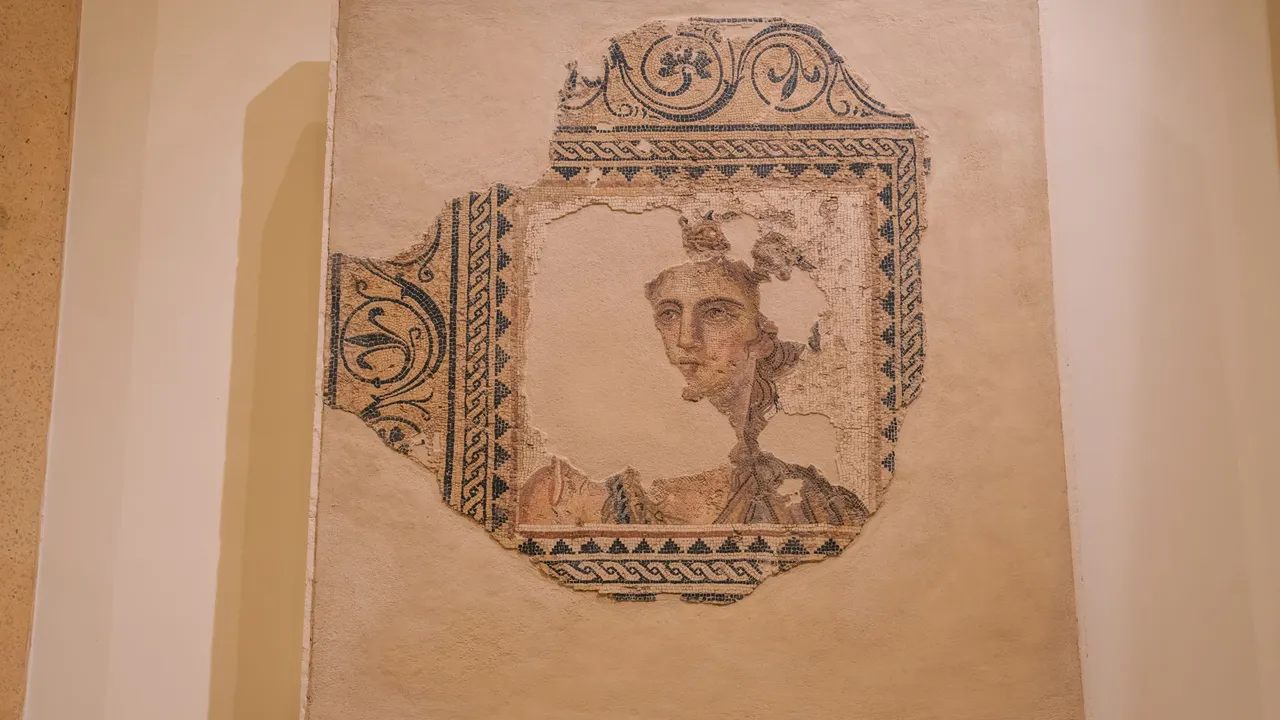
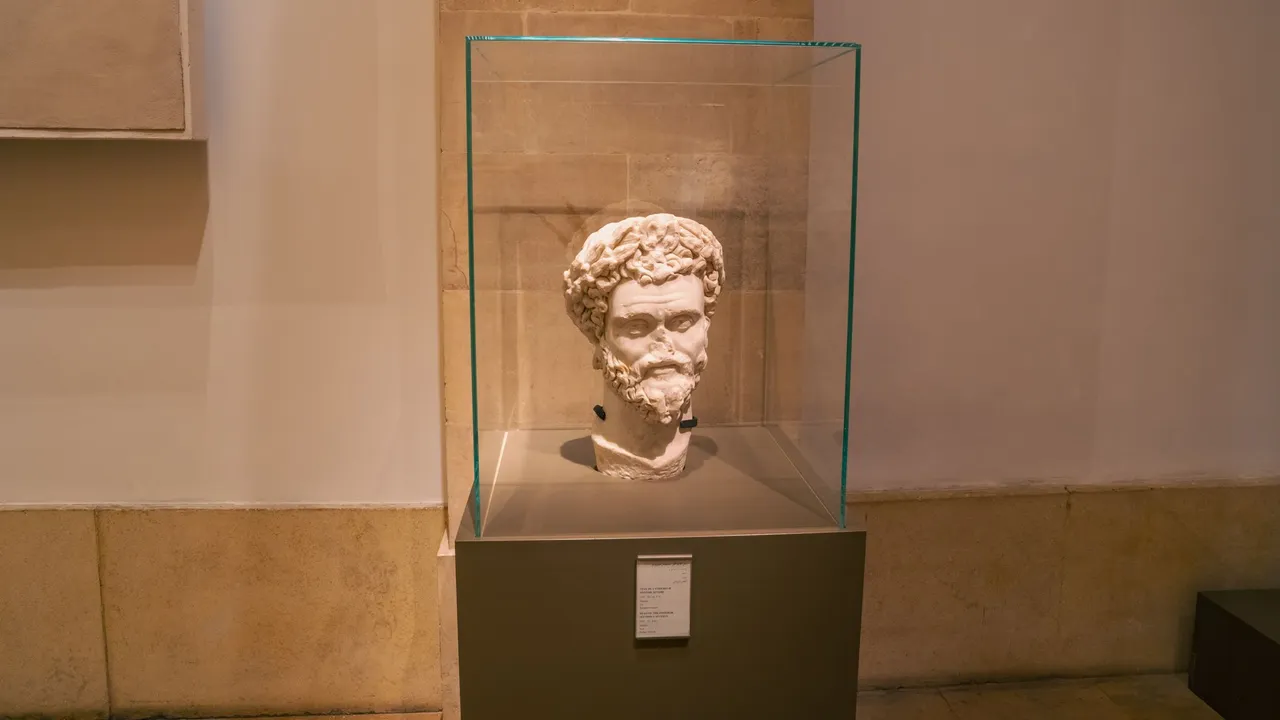
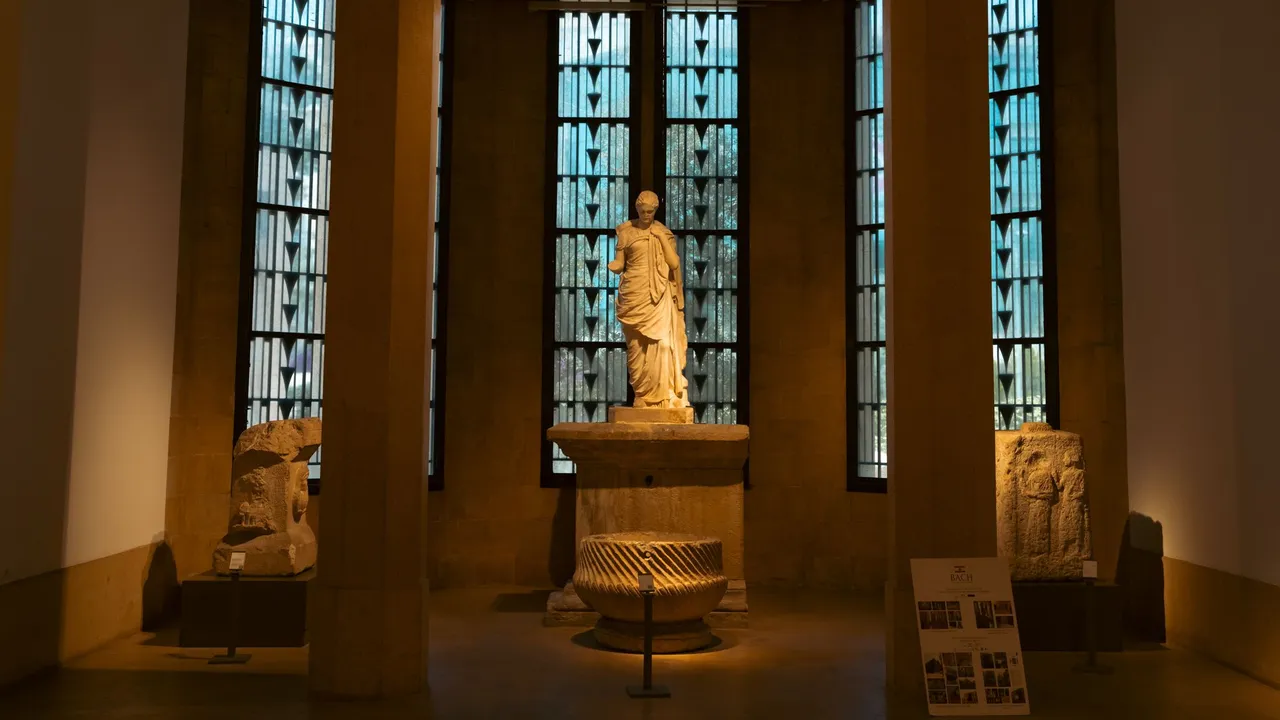
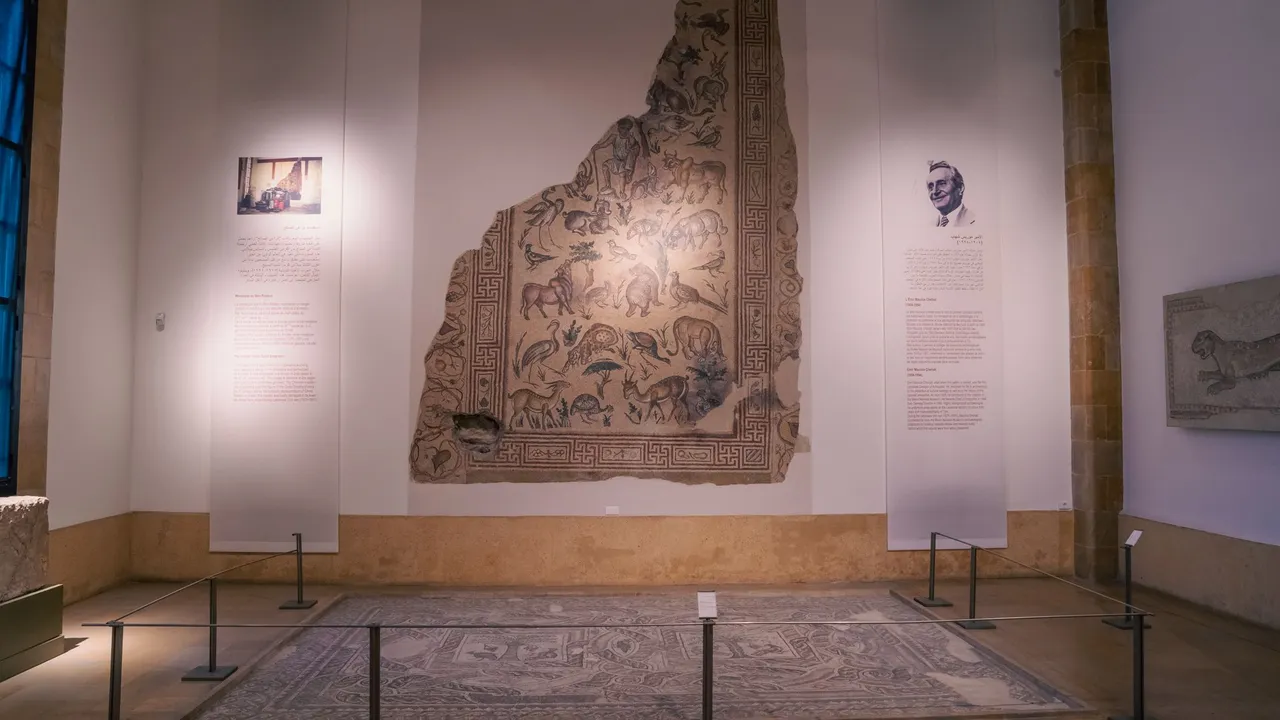
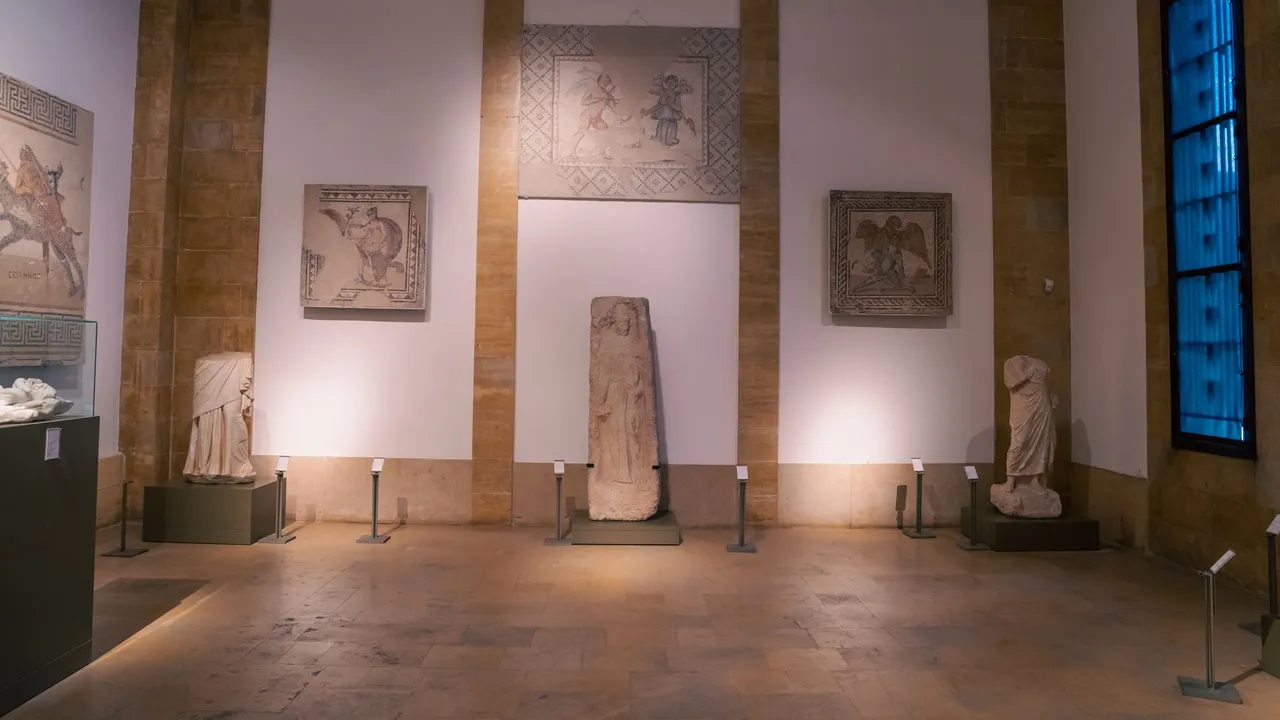
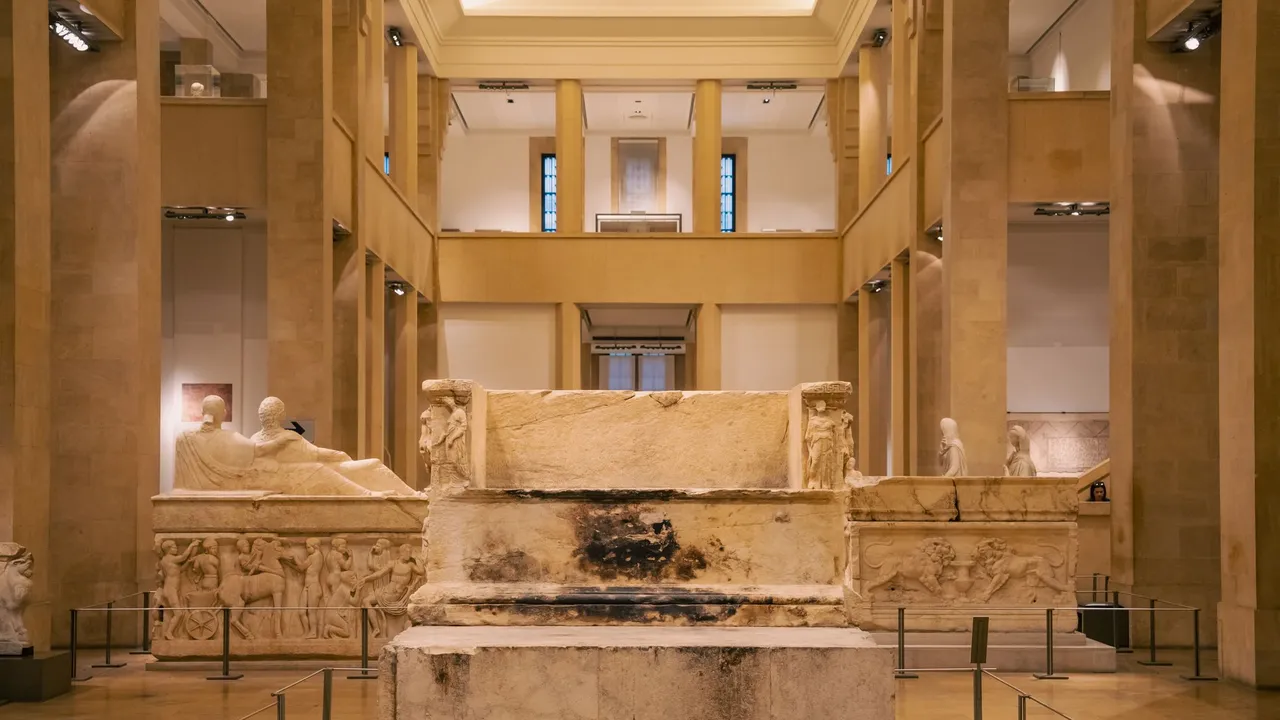

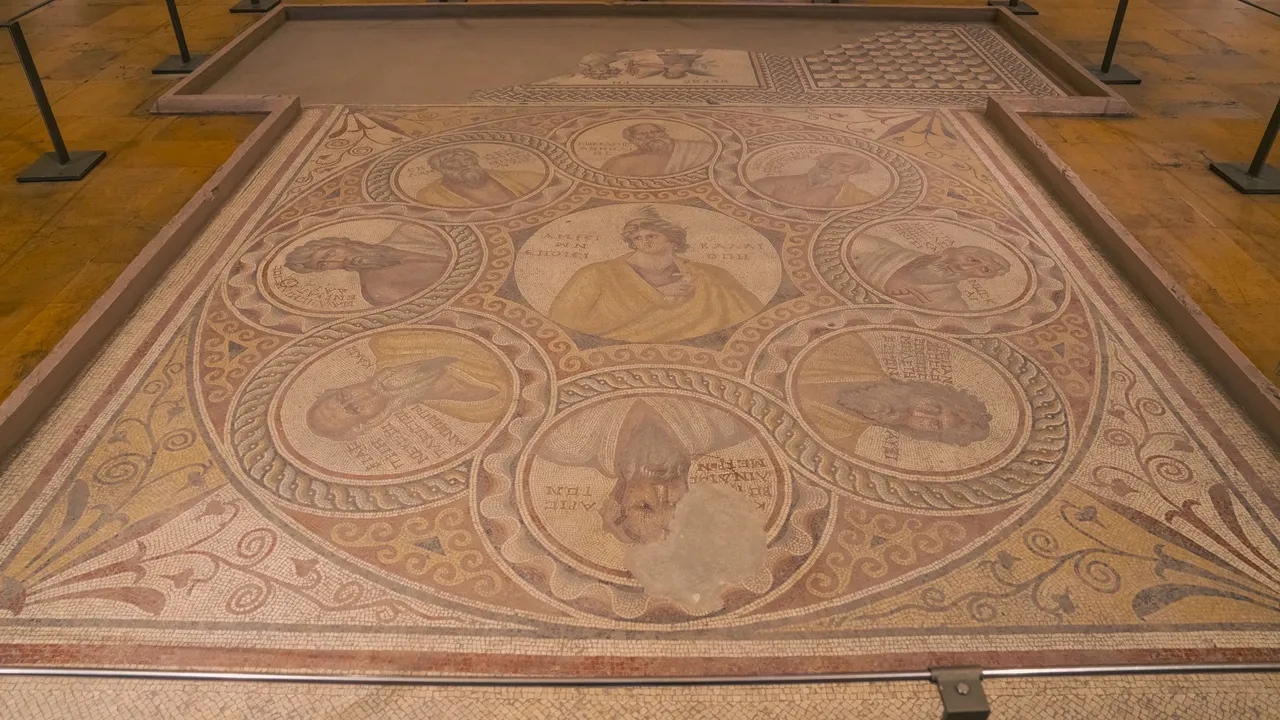
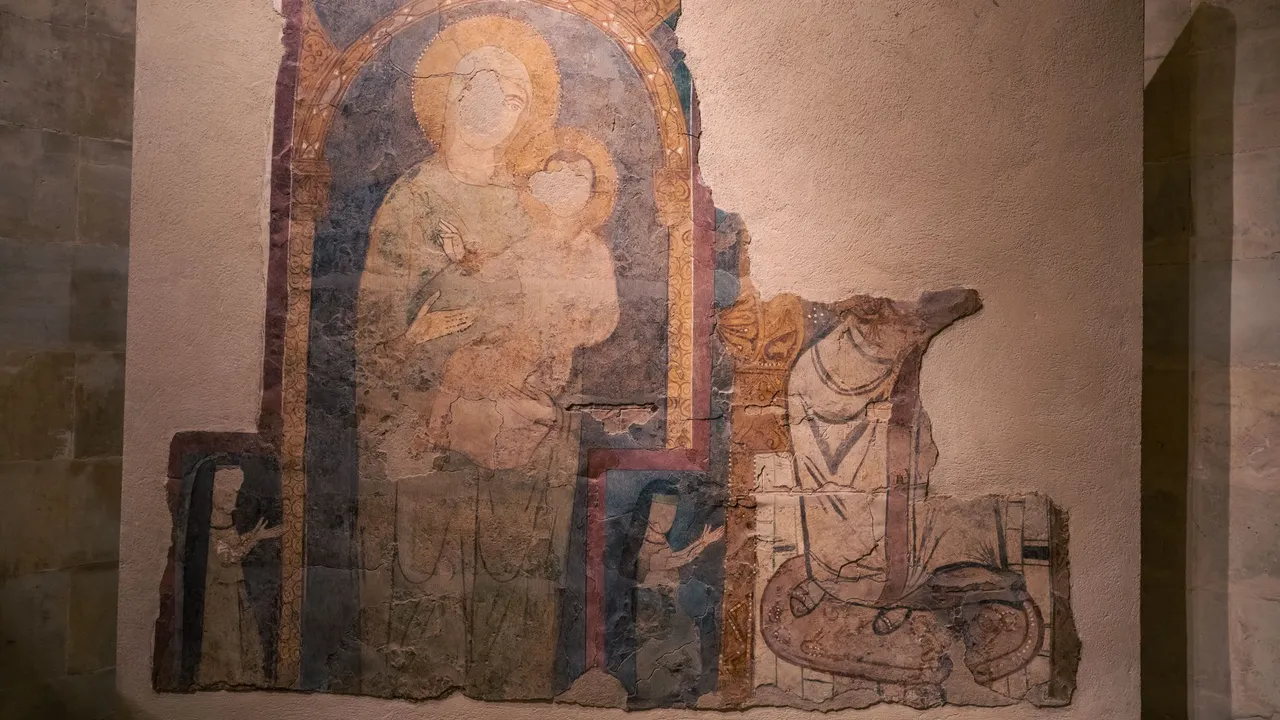

As you can see there are already a lot of different exhibits from different time periods. Some of the reach back to the 31 BC during the Roman military expedition and wars.
The ground floor mostly displays old stone statues, old paintings and carpets. It's crazy to know that some of these exhibits are thousands of years old. From all the architecture and style you can already tell that the Ottoman Empire had a huge impact in the history of Lebanon.
First Floor
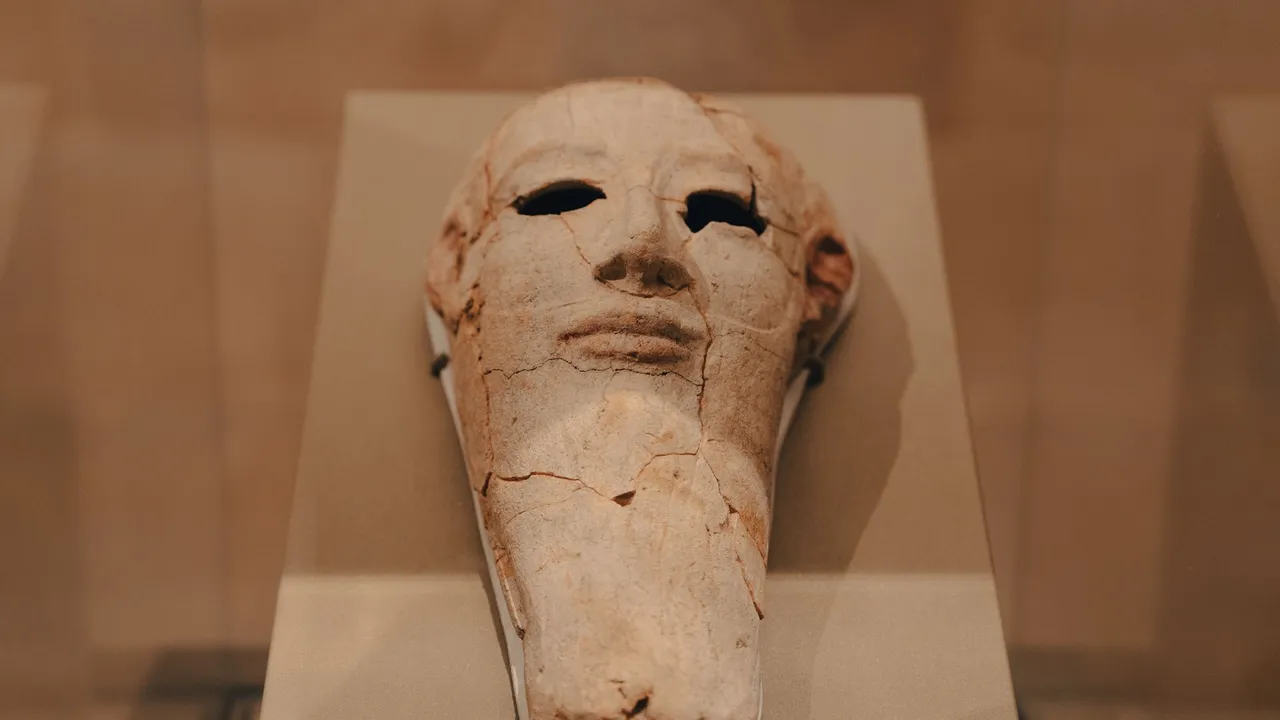
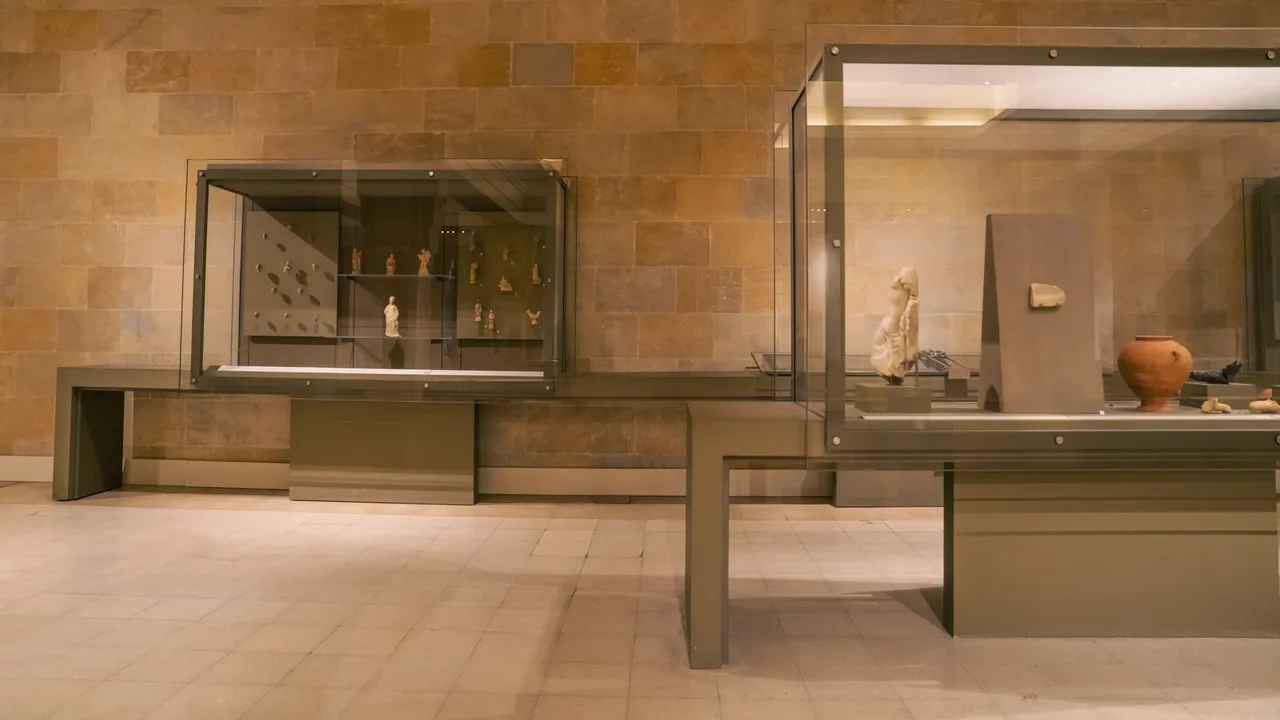
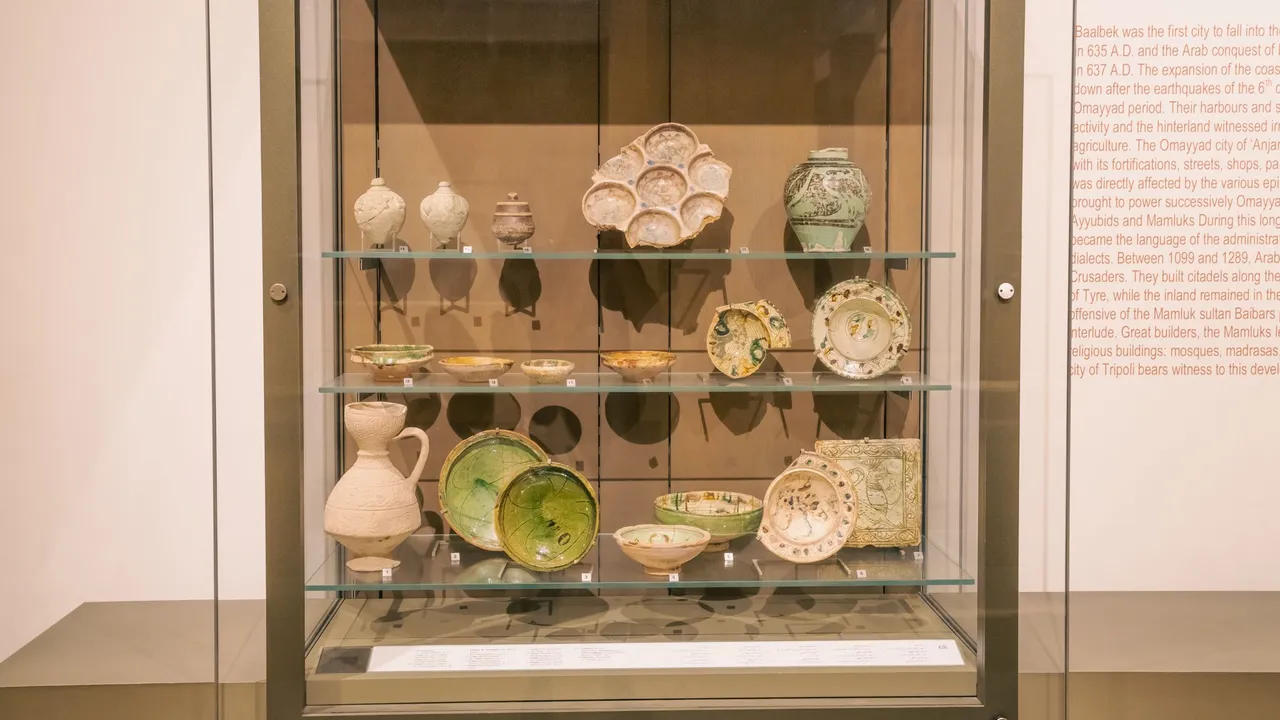
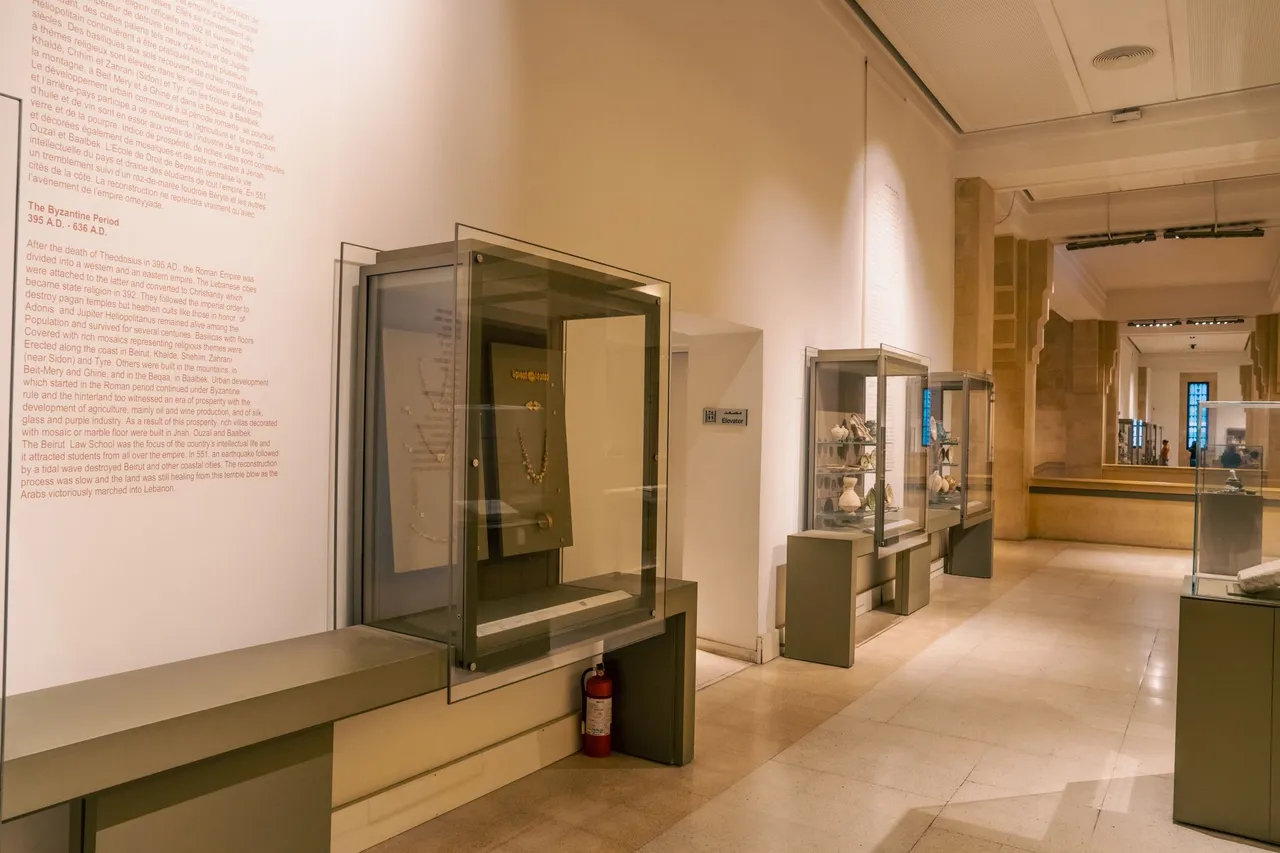

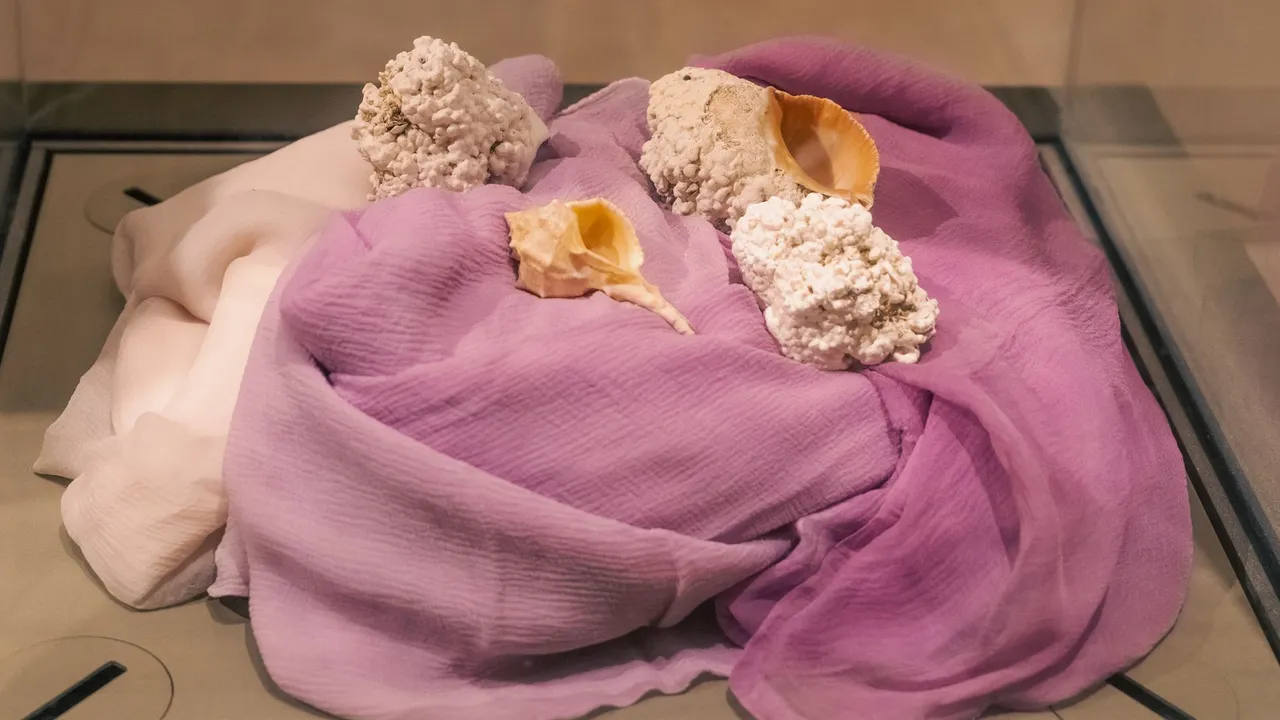
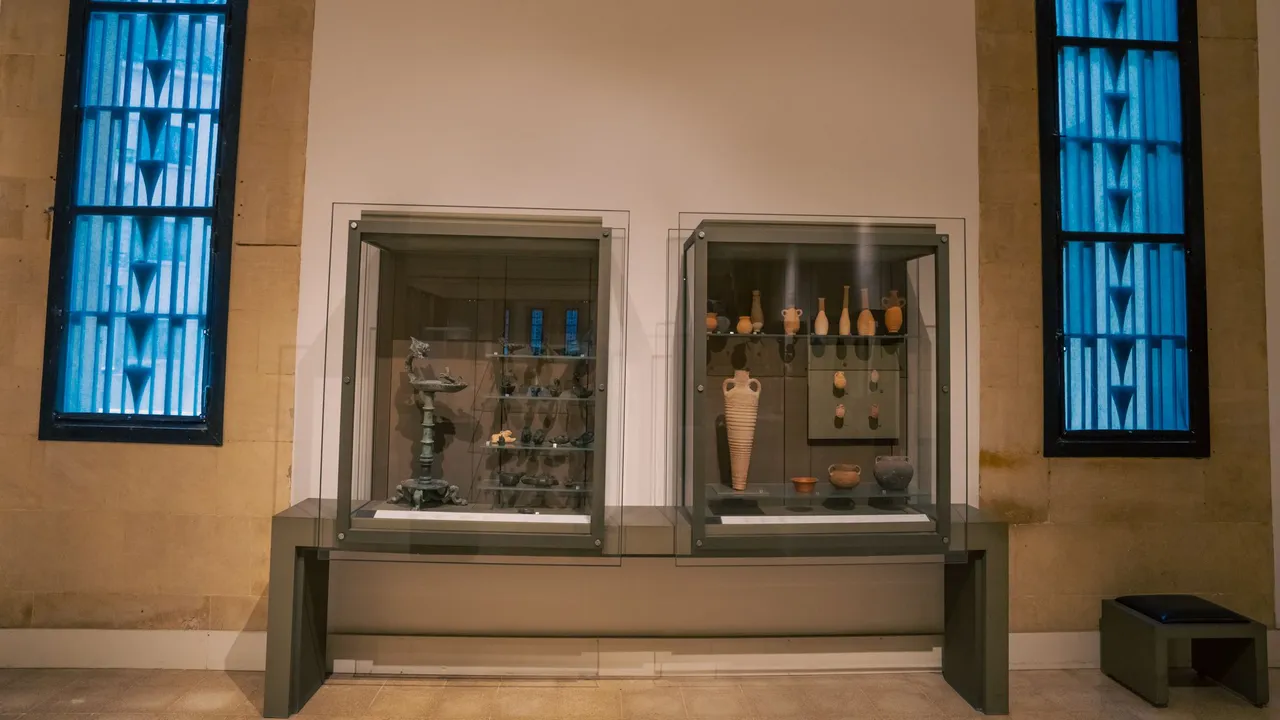
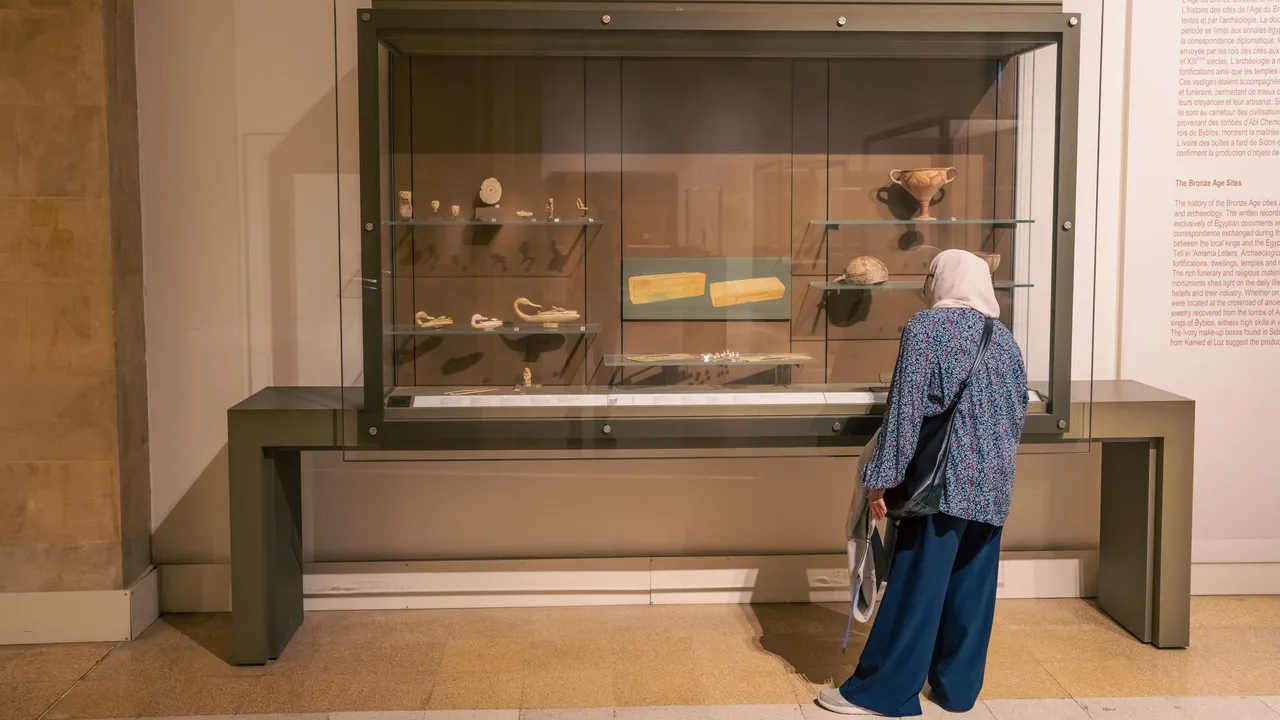
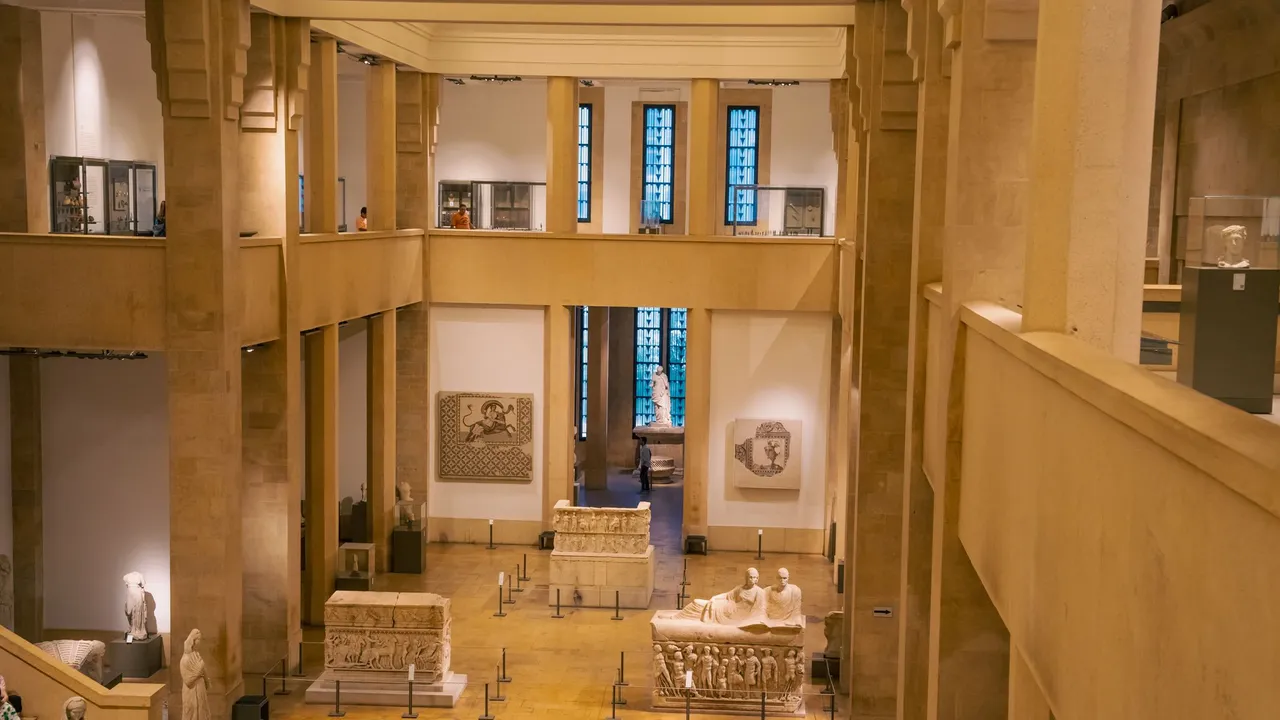
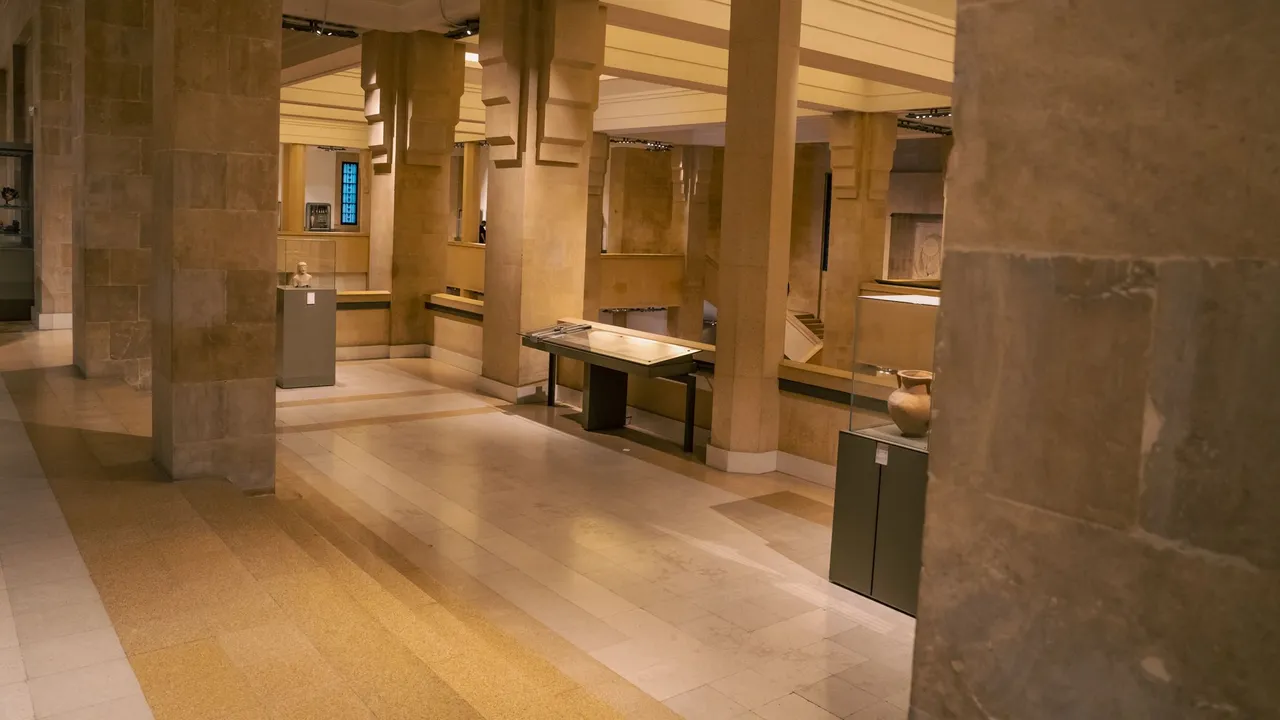
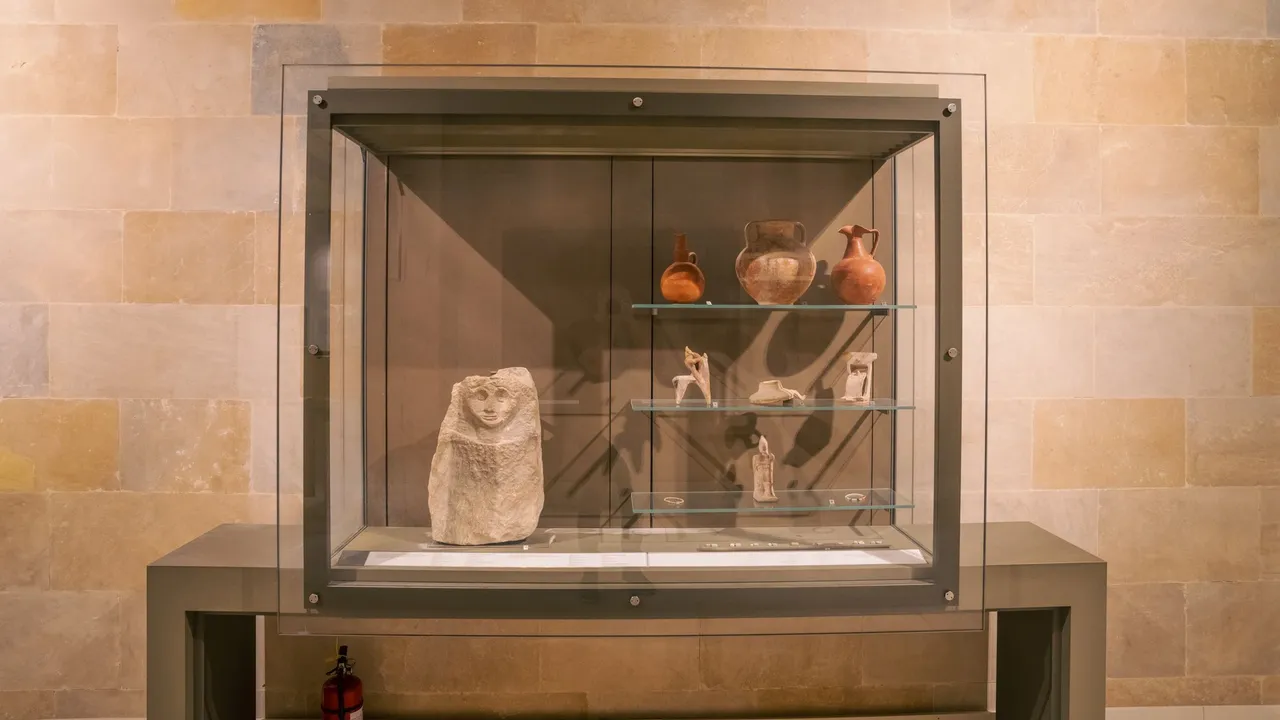
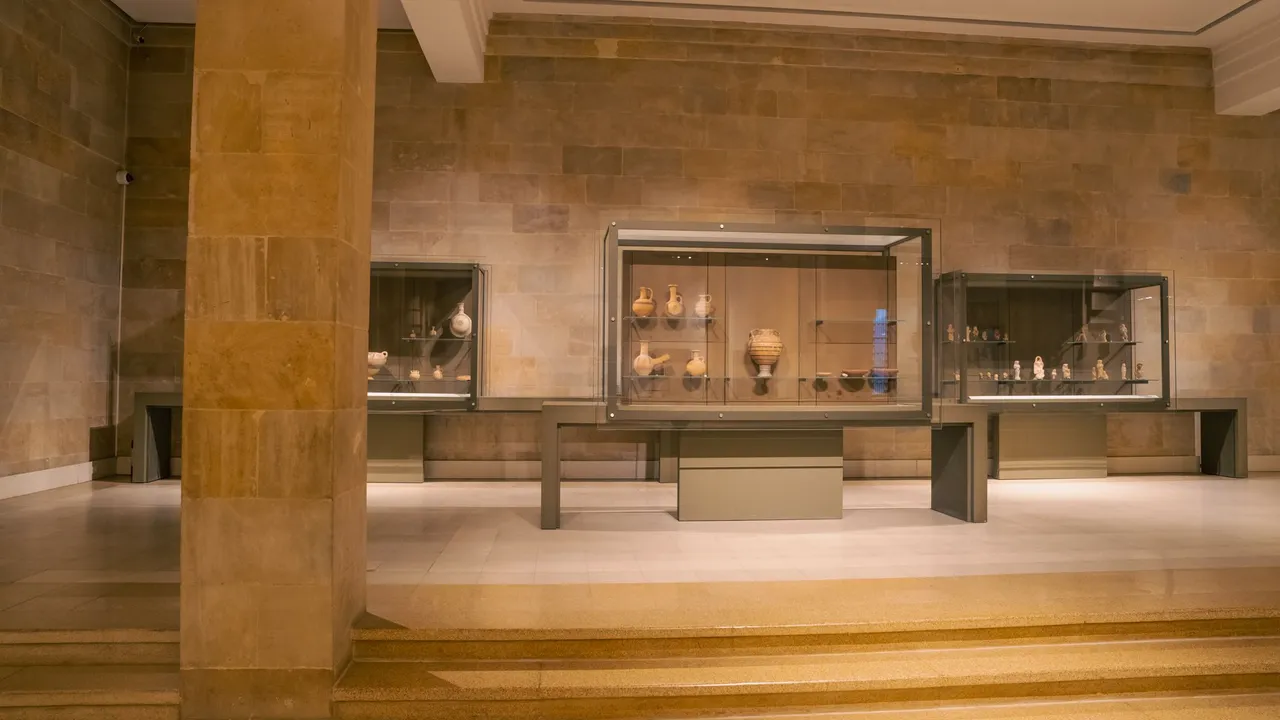
On the first floor are mainly objects like vases, utensils, masks, knives, and old decorative pieces. The entire layout of the Museum brings a great overview for each time chapter. I was also super lucky that the Museum was almost empty by the time I've visited it. Lucky me!
Basement Section
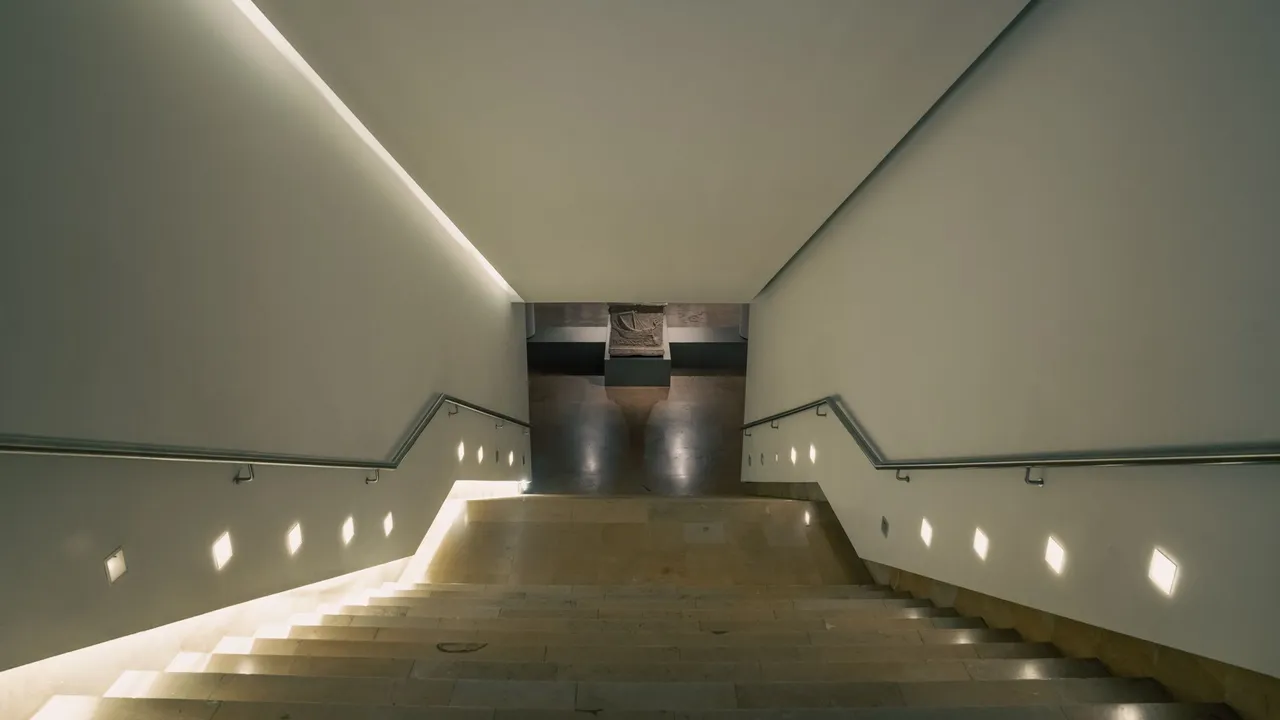
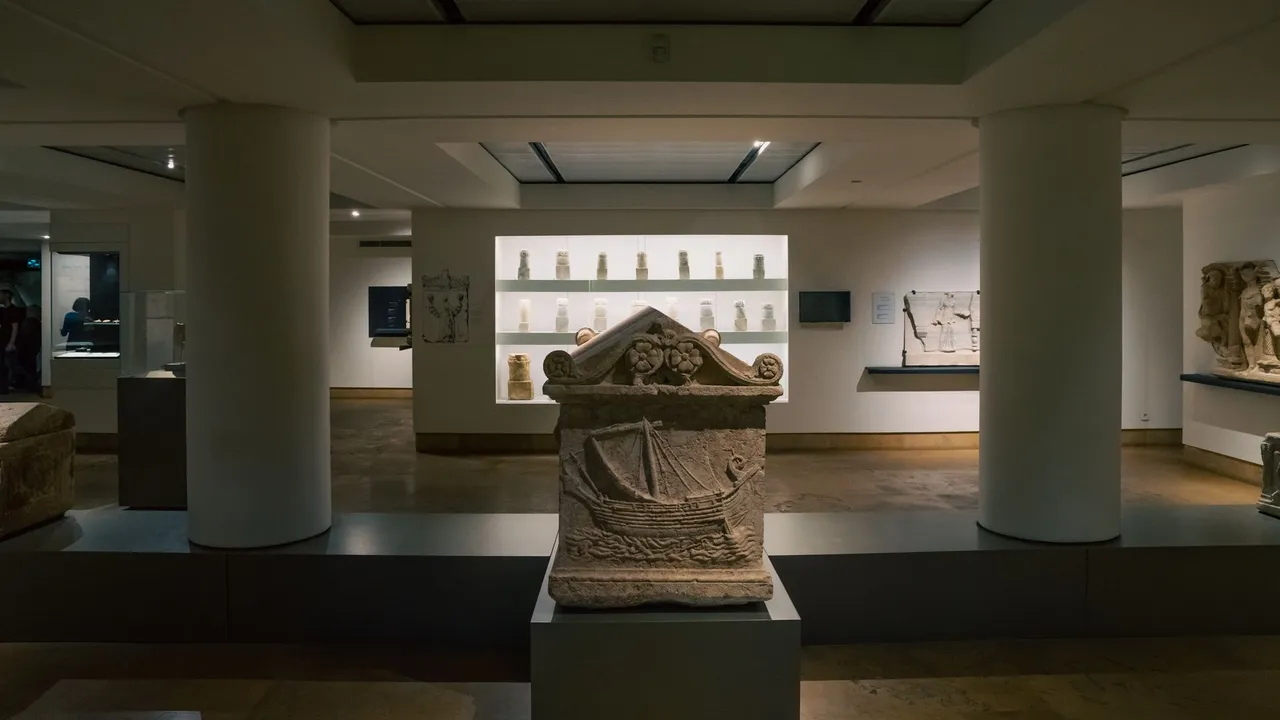
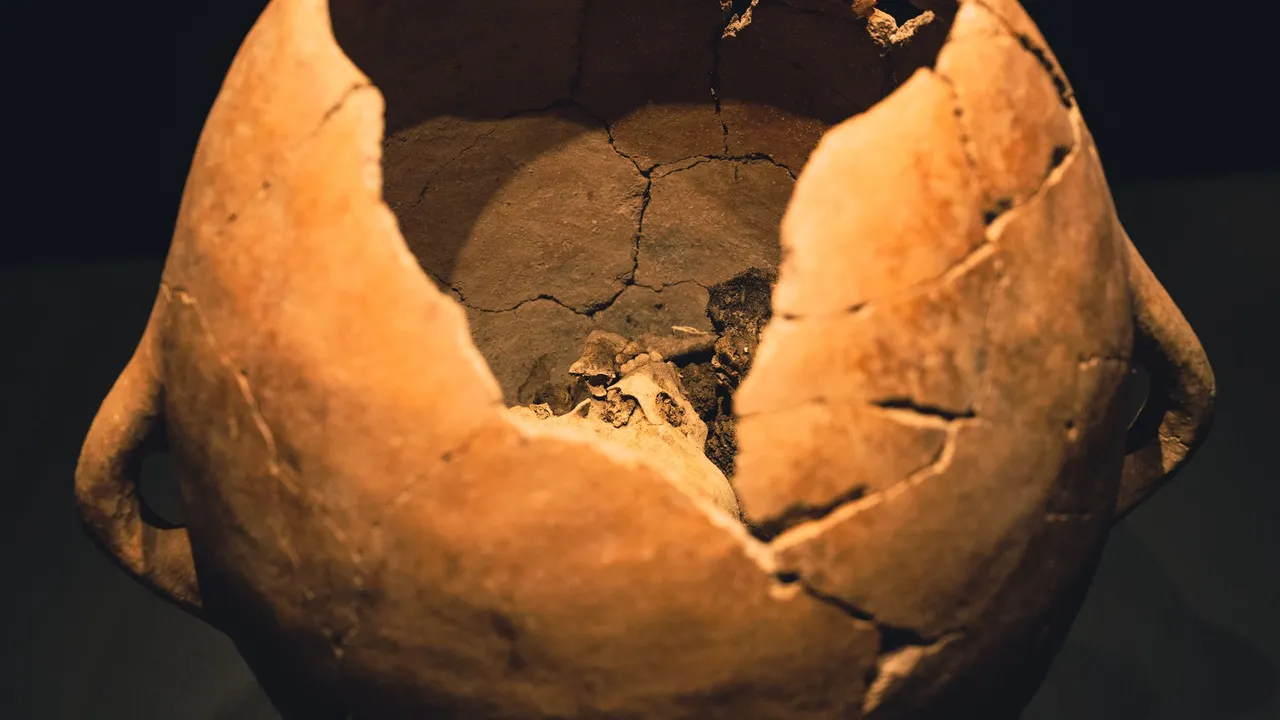
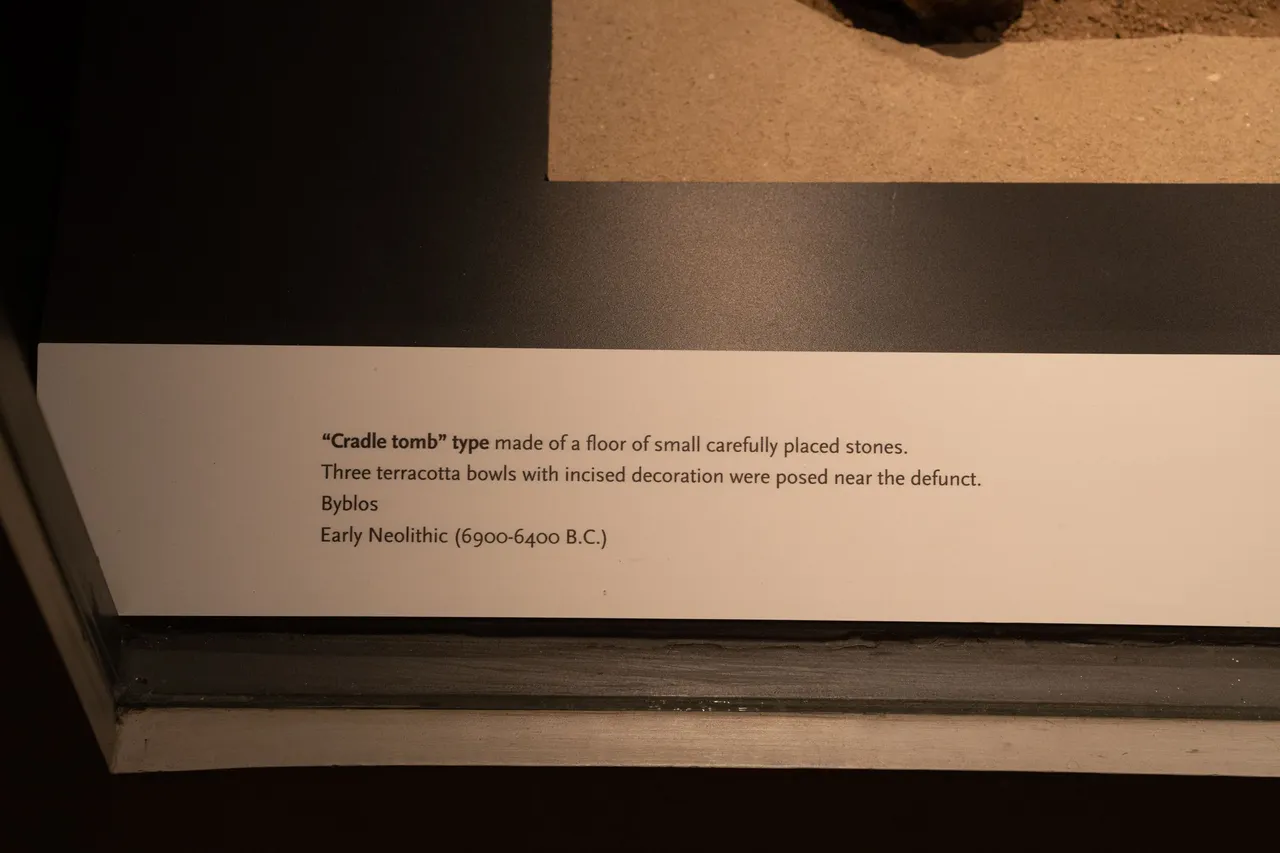
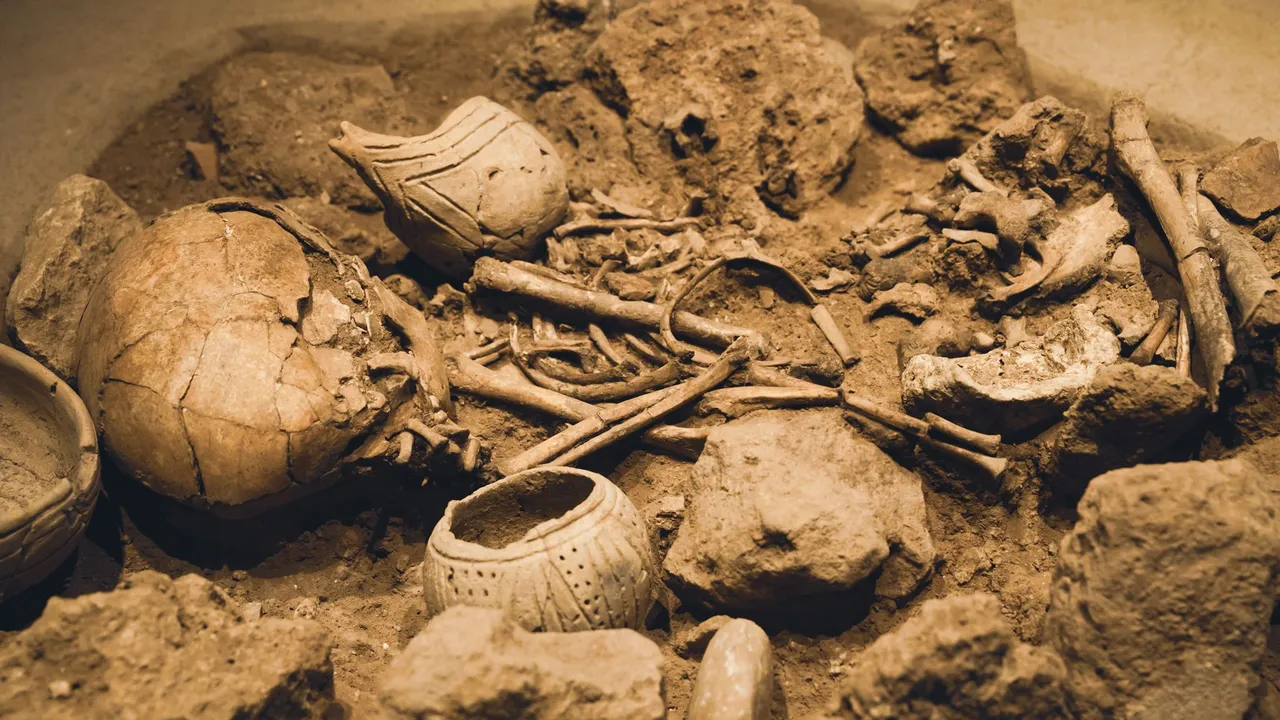
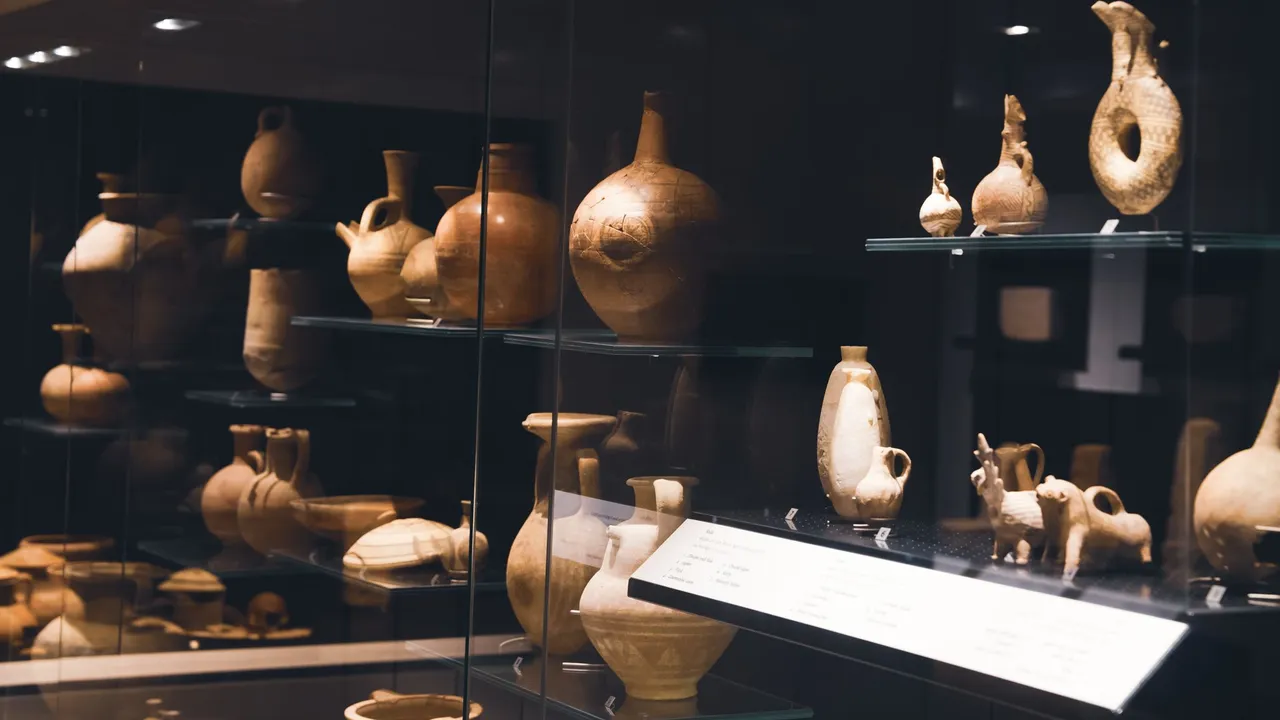

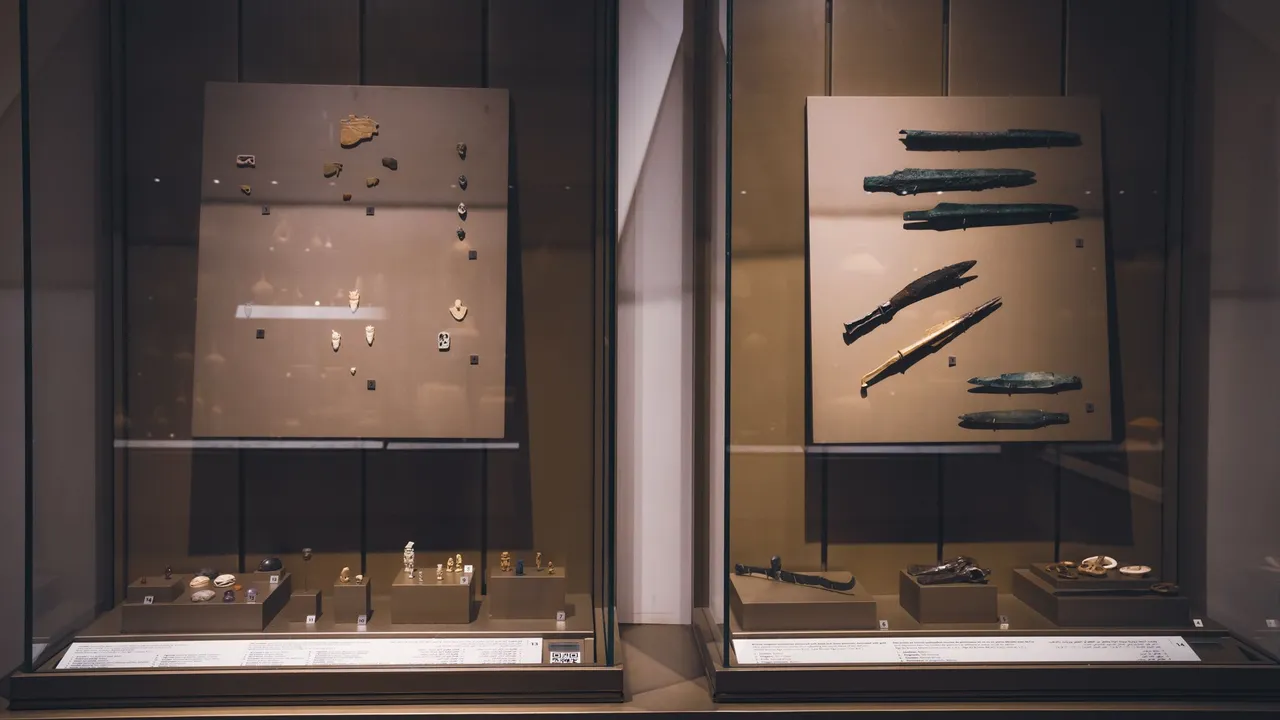
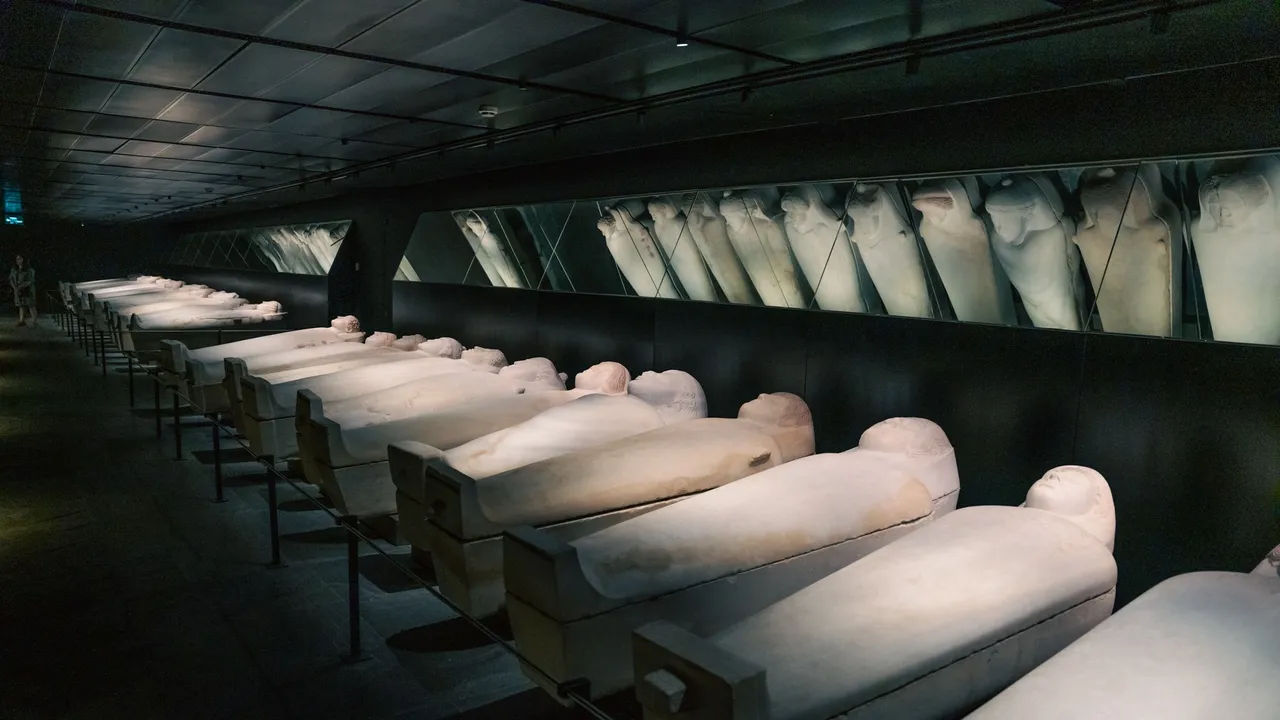
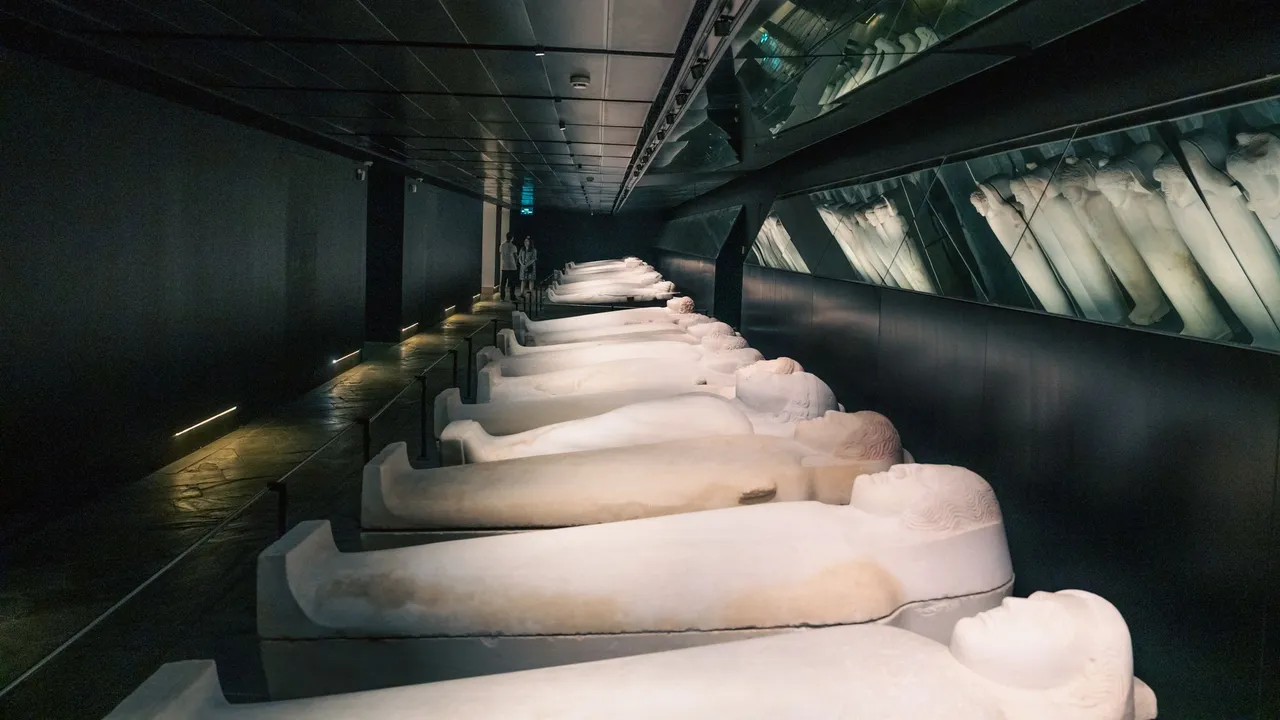
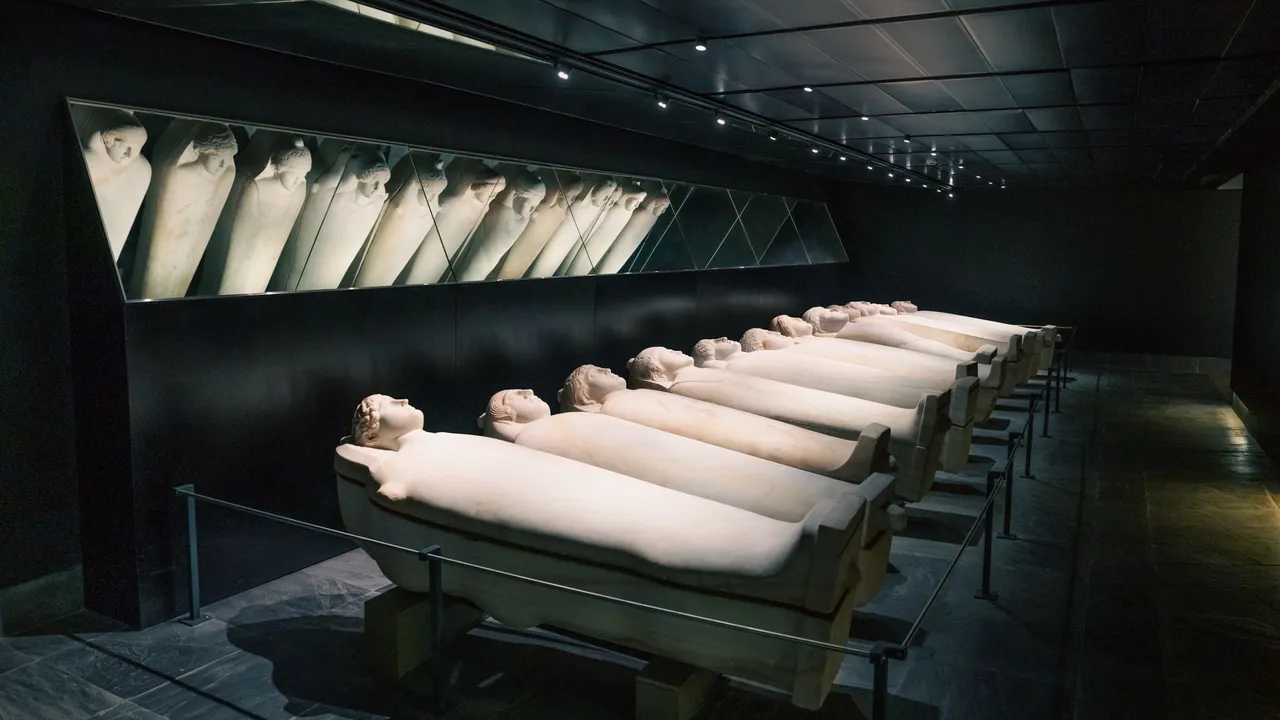
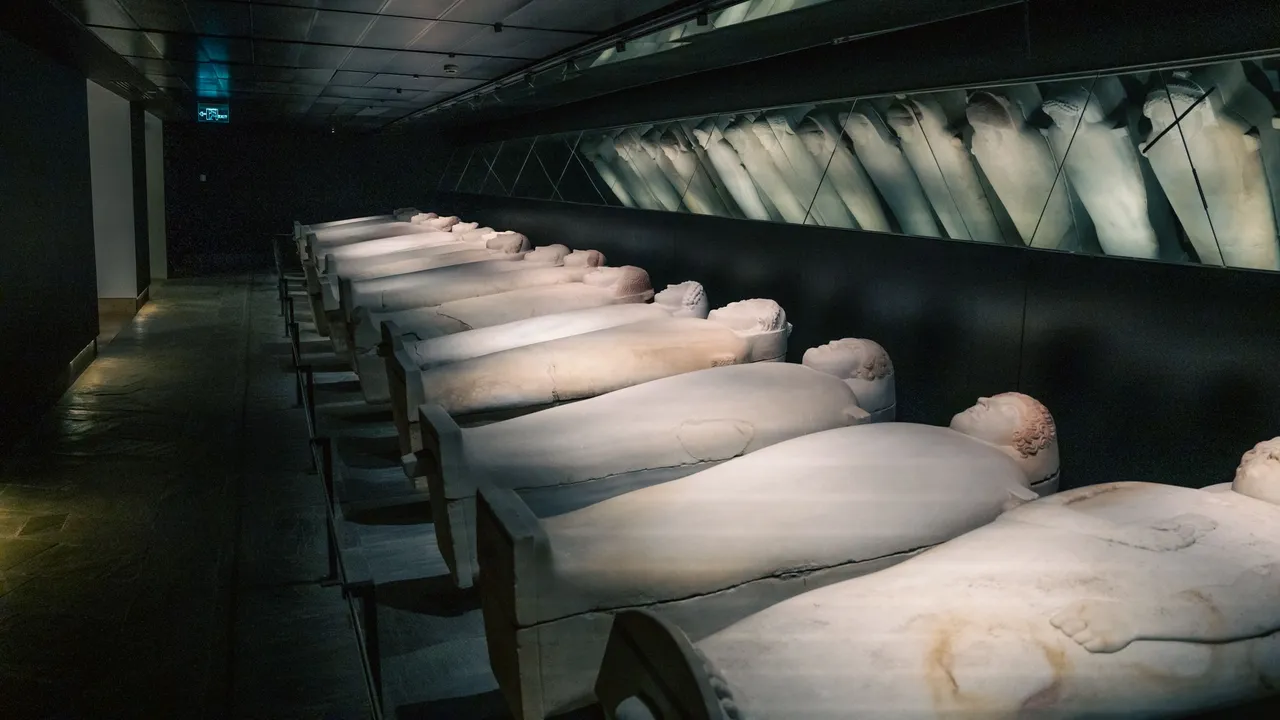
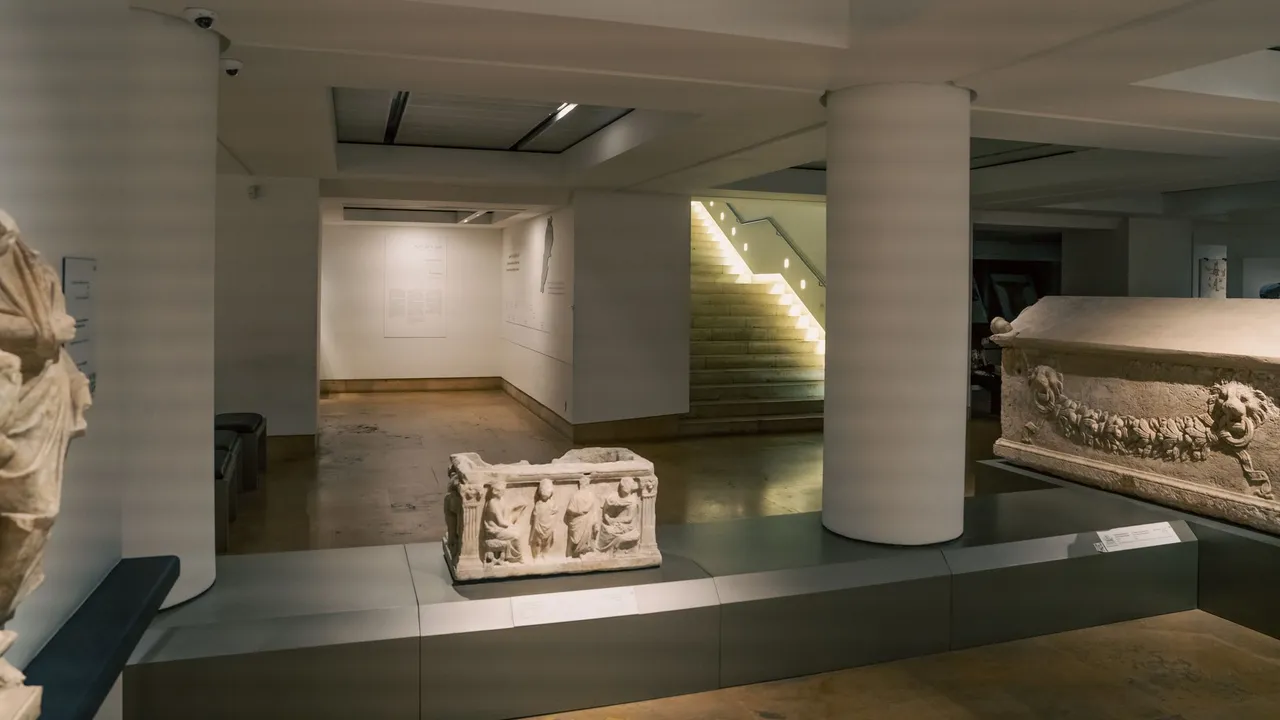
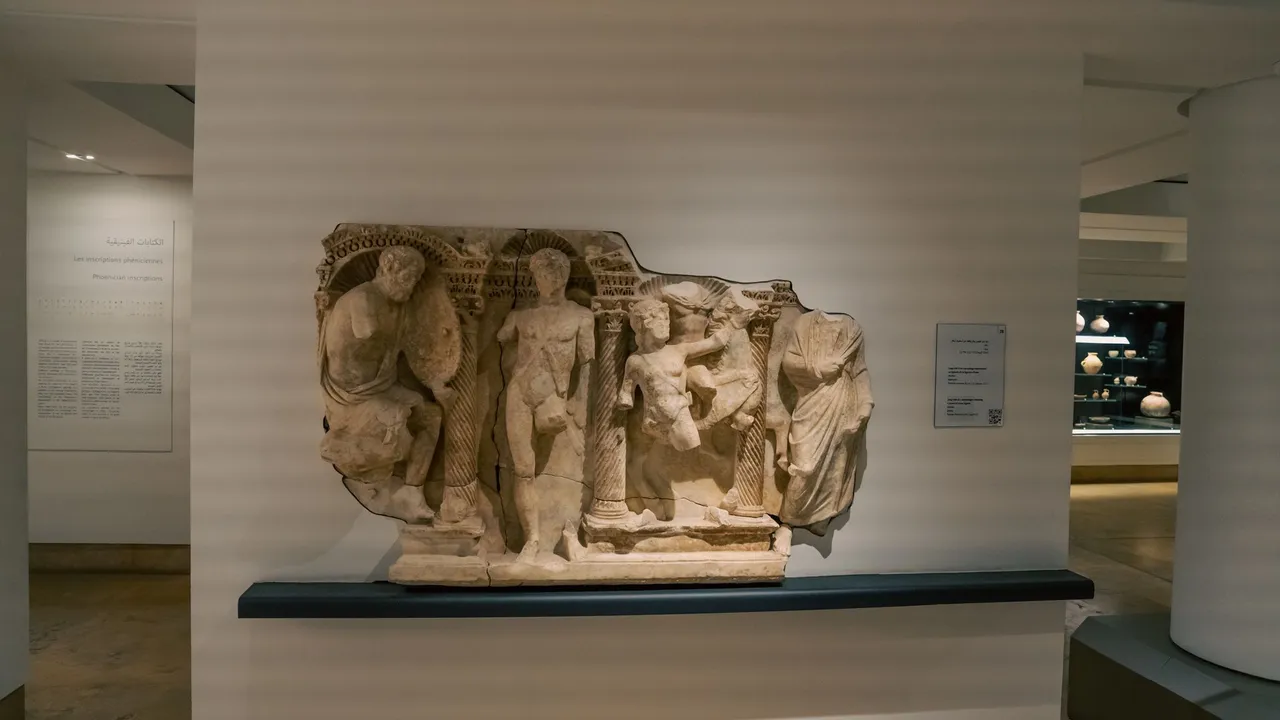
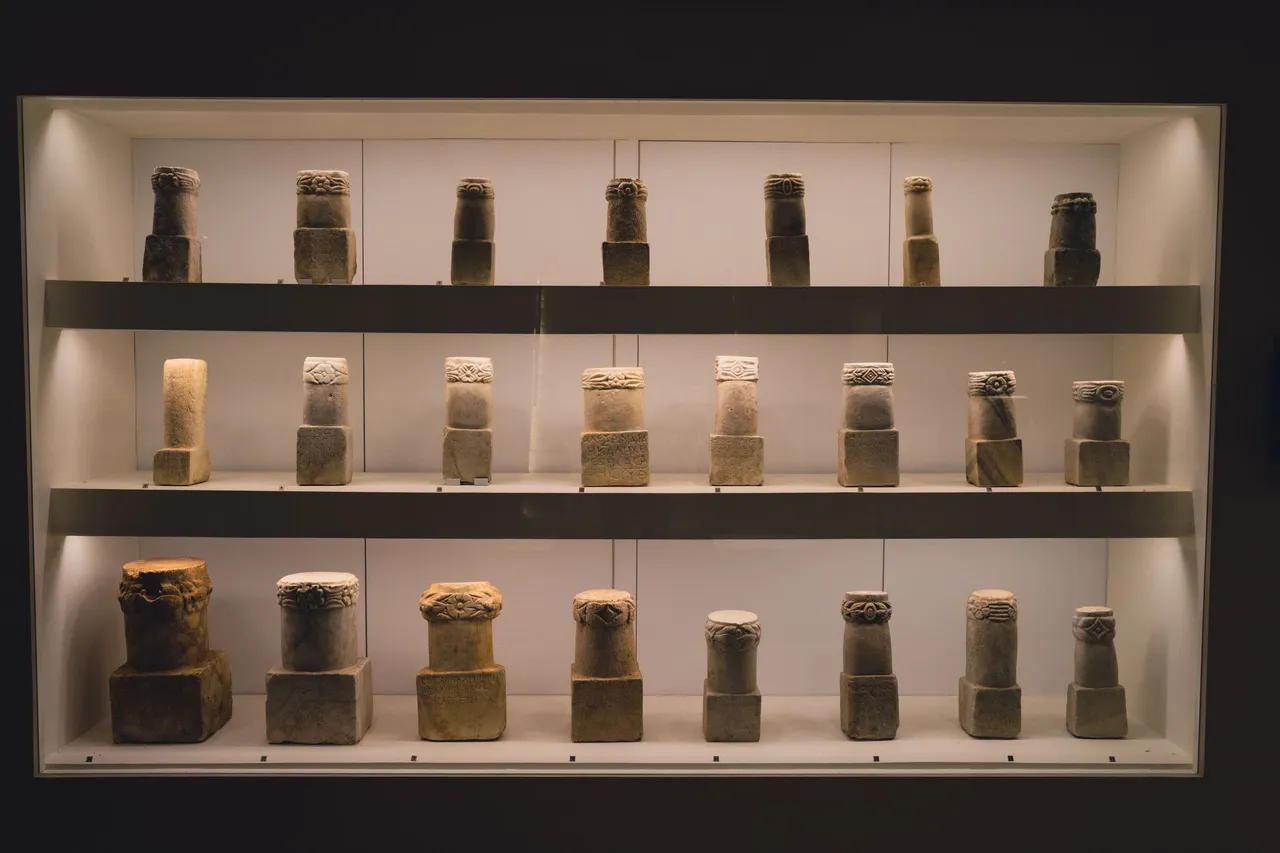
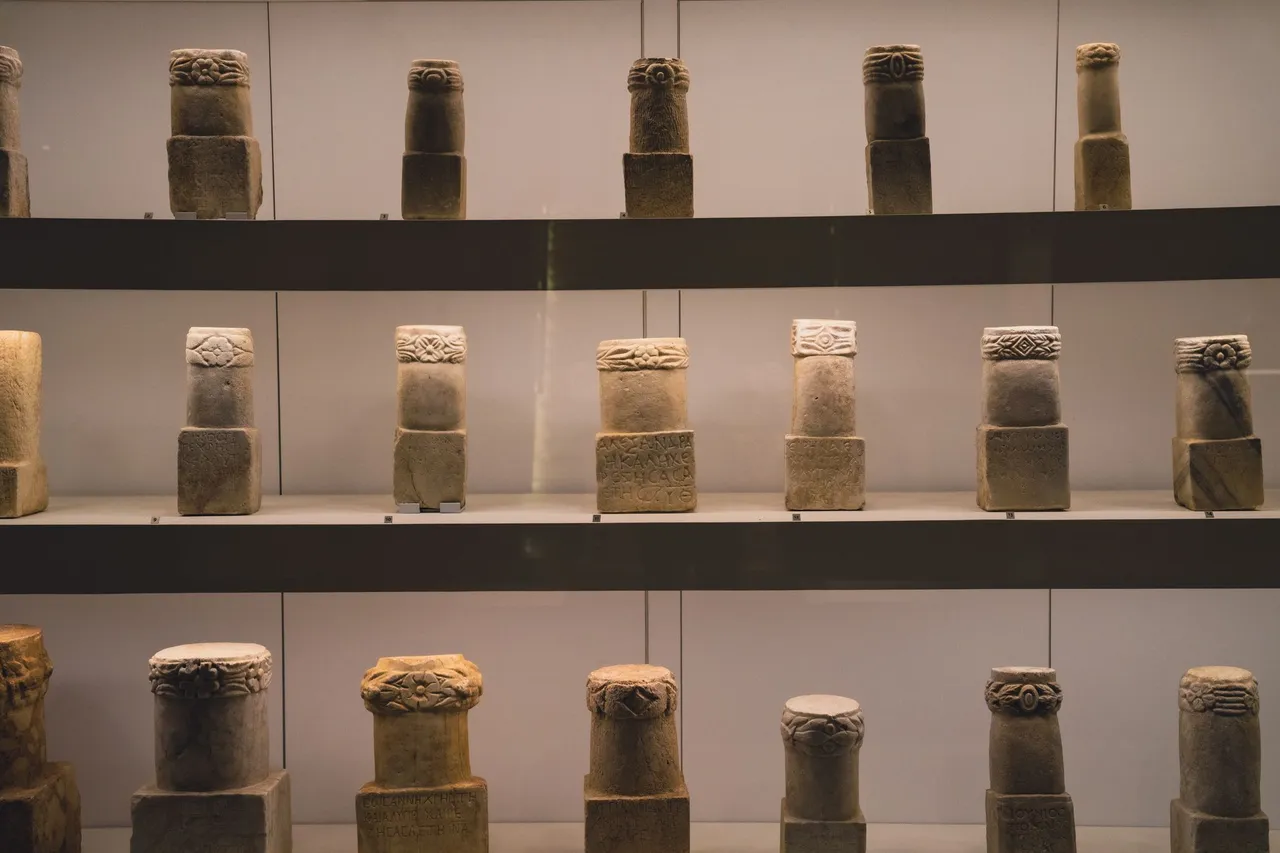
With the help and funding from the Italian government, the basement of the Museum opened up again after almost 40 years in 2016. One of the highlights is the collection of funerary art which goes back to a 250.000 year old tooth! But definitely the absolute highlight is the worlds biggest collection of anthropoid sarcophagi which was discovered in Sidon, Beirut. They all belong to the Phoenician period and the shapes are a mix of Egyptian and Greek (image 9,10,11,12)
As there is just to much history and detailed information in this museum, I tried to show you as much as possible in a visual photographic way.
If you ever go to Beirut I absolutely recommend you to give the National Museum a visit. It's a great place to explore some fascinating history and learn a bunch of new things about the old Ottoman empire, Egyptian and Greek history and also about the different time epochs from Beirut.
I hope you guys enjoyed this little walk with me around the Museum :))
Best,
Chris